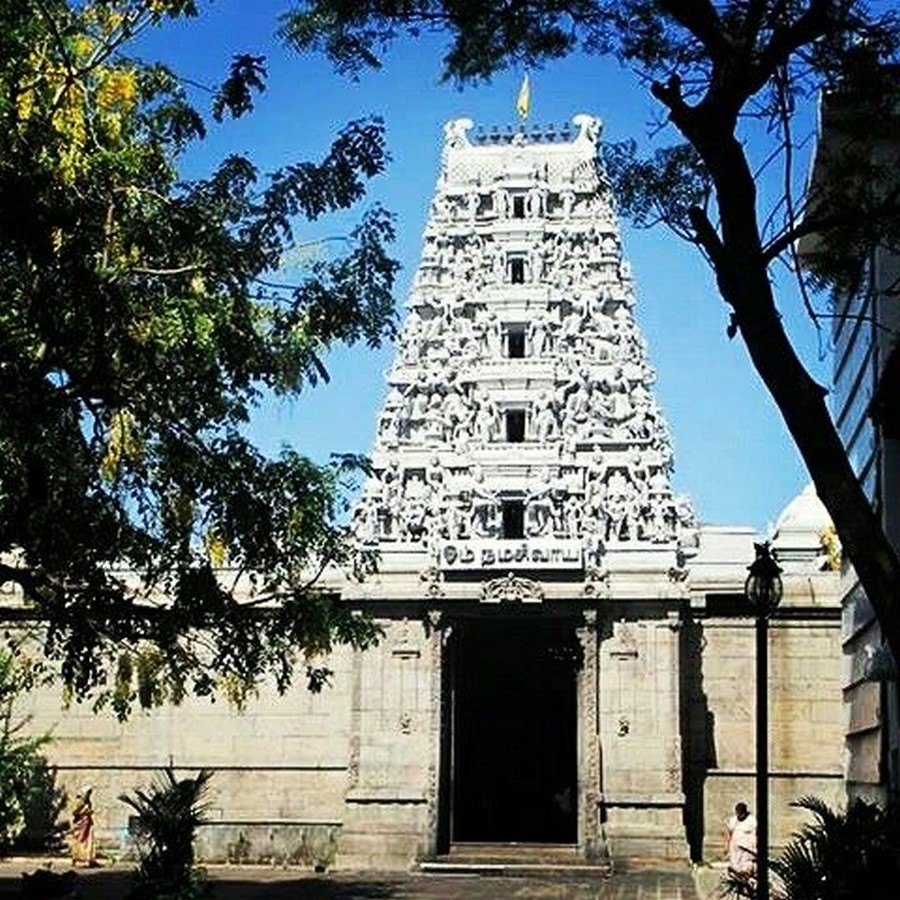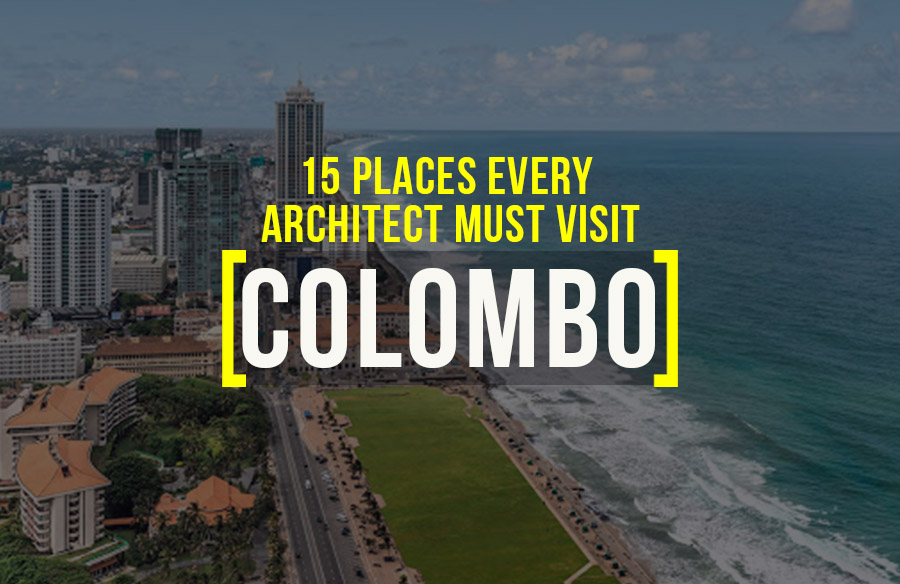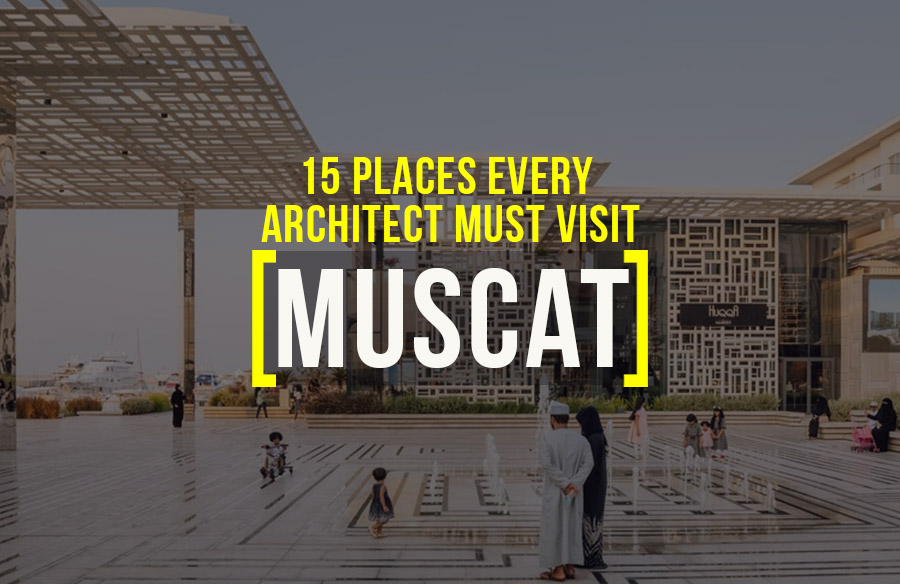Sri Lanka or the Democratic Socialist Republic of Sri Lanka is an island country in South Asia, surrounded by the Indian Ocean. Sri Lanka’s documented history spans almost 3000 years with the trace of the first human settlements dating back to almost 125000 years ago. Sri Lanka has diverse cultures and religions although a predominance of Buddhism can be observed here. Its capital Colombo is a city full of life. From streets filled with food, dance, and color, to traditional temples, to modern-day architecture a ubiquitous harmony can be observed. During early settlement Indian and East Asian architecture dominated however with colonialism- Portuguese, then Dutch, and finally before independence British influence over architecture can be seen. When visiting Sri Lanka, Colombo is a mandatory stop to complete the Sri Lankan experience of diversity in culture and tradition.
Architects must follow this list of the top 15 places to see in Colombo to understand Sri Lankan architecture better.
1. Colombo Fort Area
What better way to start exploring the city than to take a walk through the core of the city. The Fort area has a series of structures constructed during Colombo’s colonial era. The President’s house, Gordon Garden, the Dutch hospital building, the Old Parliament building and many other old colonial buildings with beautifully detailed shaded arcades and colonnades can be found here.
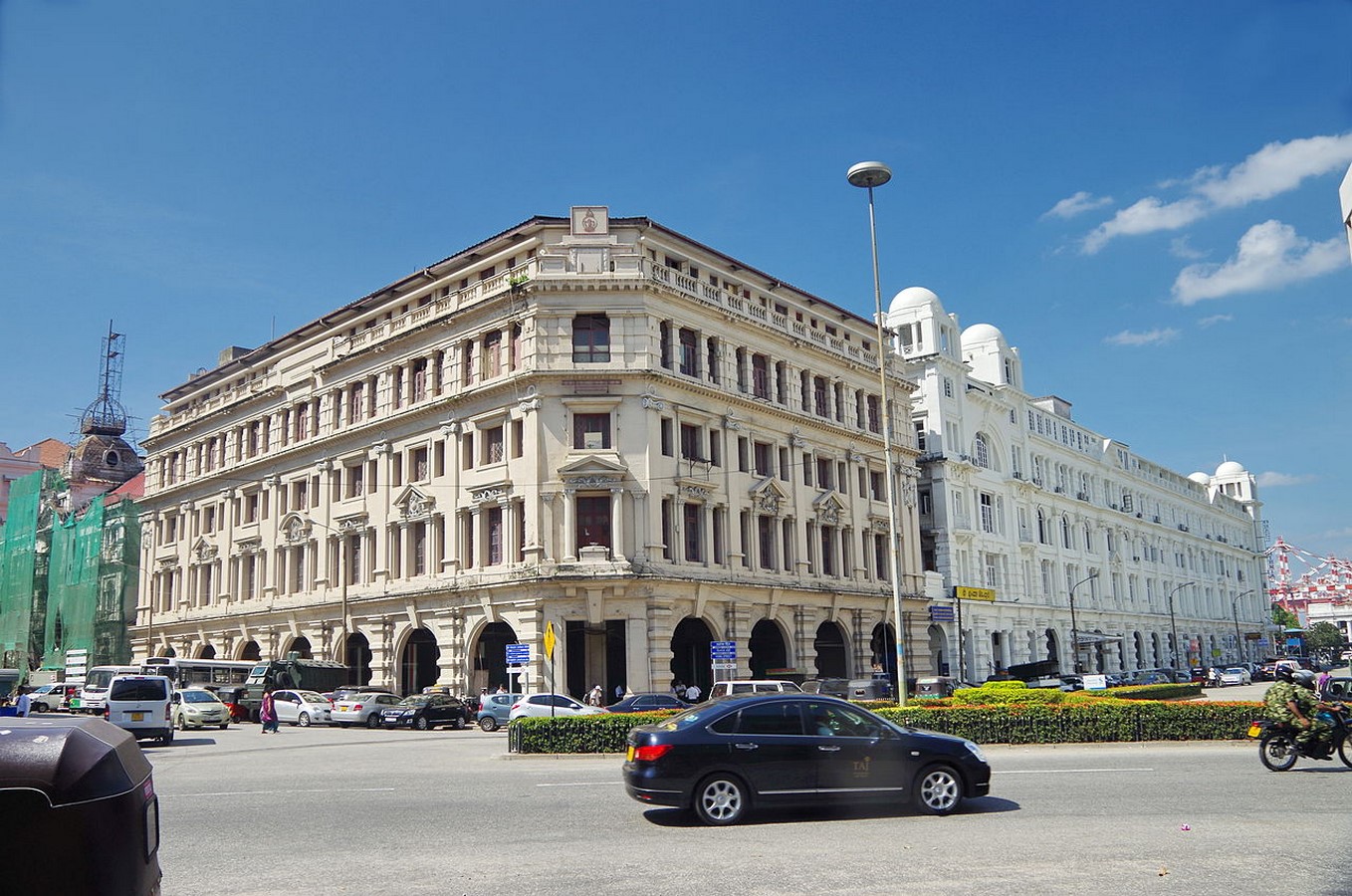


2. Sambodhi Chaitya In Colombo
Buddhism is one religion that has strongly influenced Sri Lankan architecture. Sambodhi Chaithya is a stupa 45mtrs above ground, visible far from the sea too. Giving Colombo one religious welcome home to gateway to its seasick marines. The structure is admirable due to its structural stability and perfection.
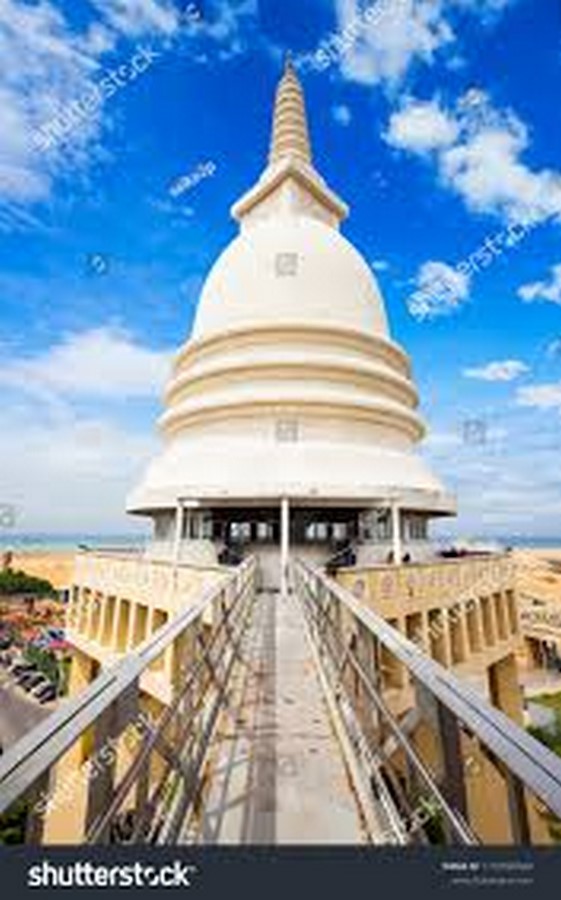
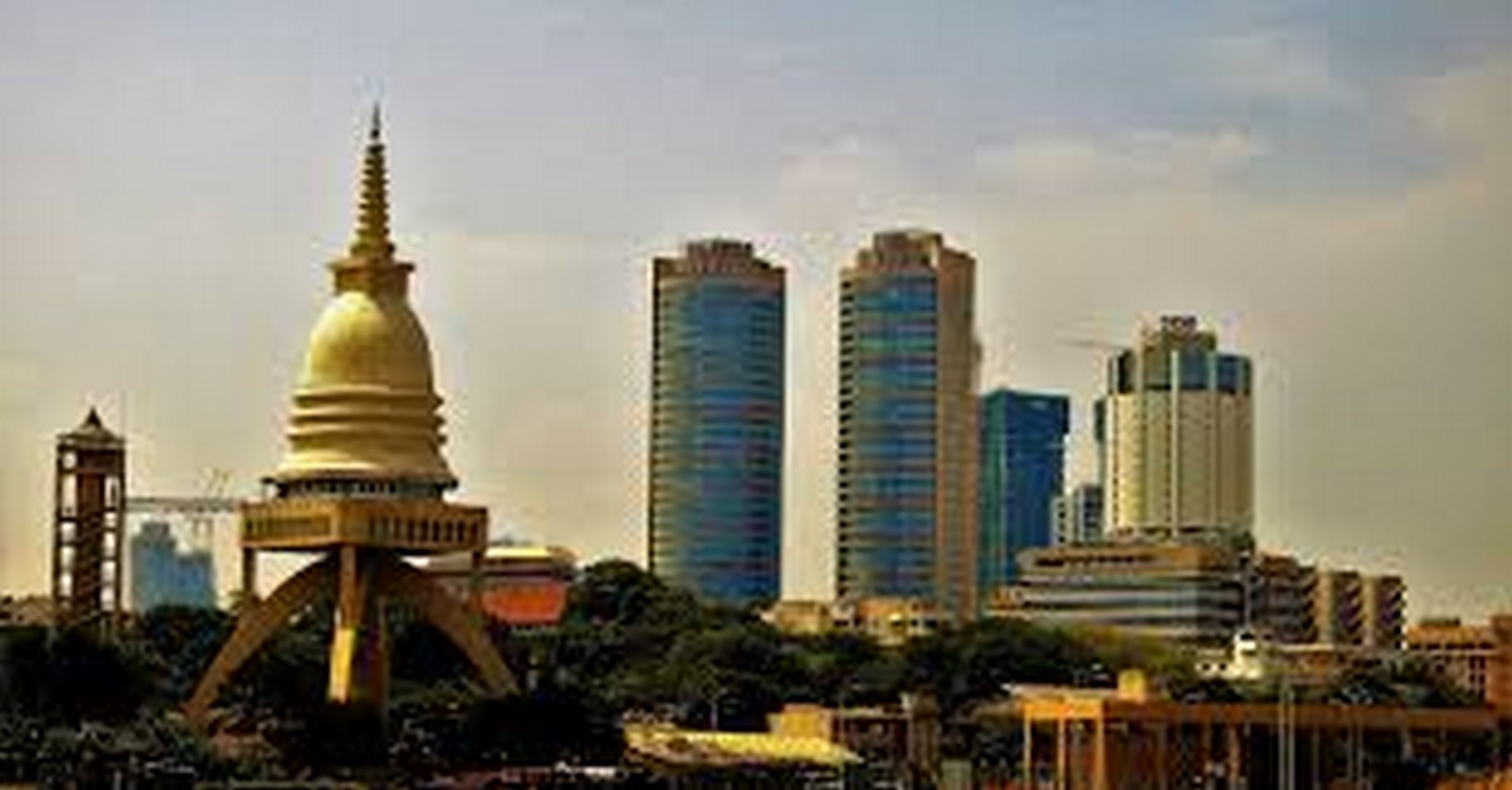
3. Galle Face Green
Gale faces green is the largest public open space in Sri Lanka. It is the perfect place to enjoy traditional local street food in Sri Lanka and to watch the beautiful sunset.
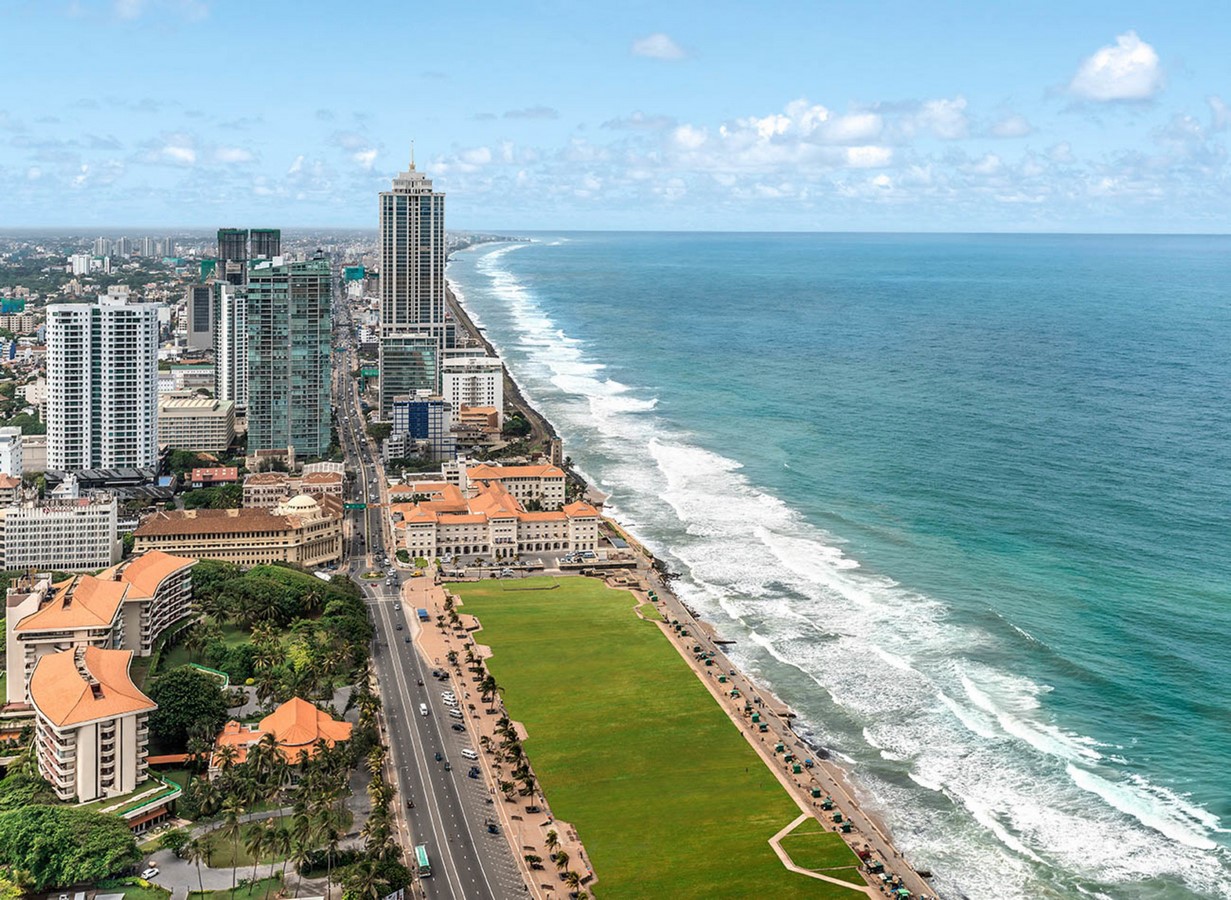
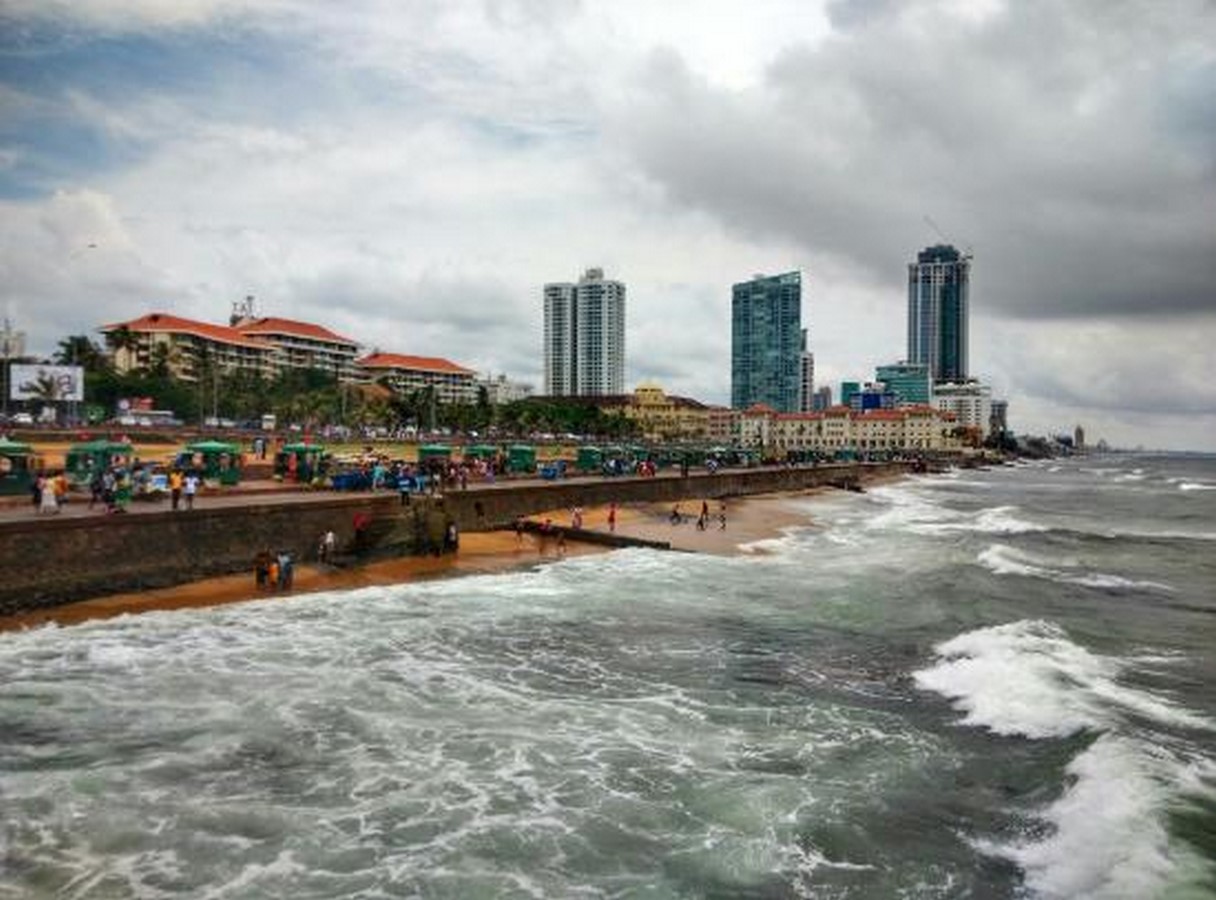
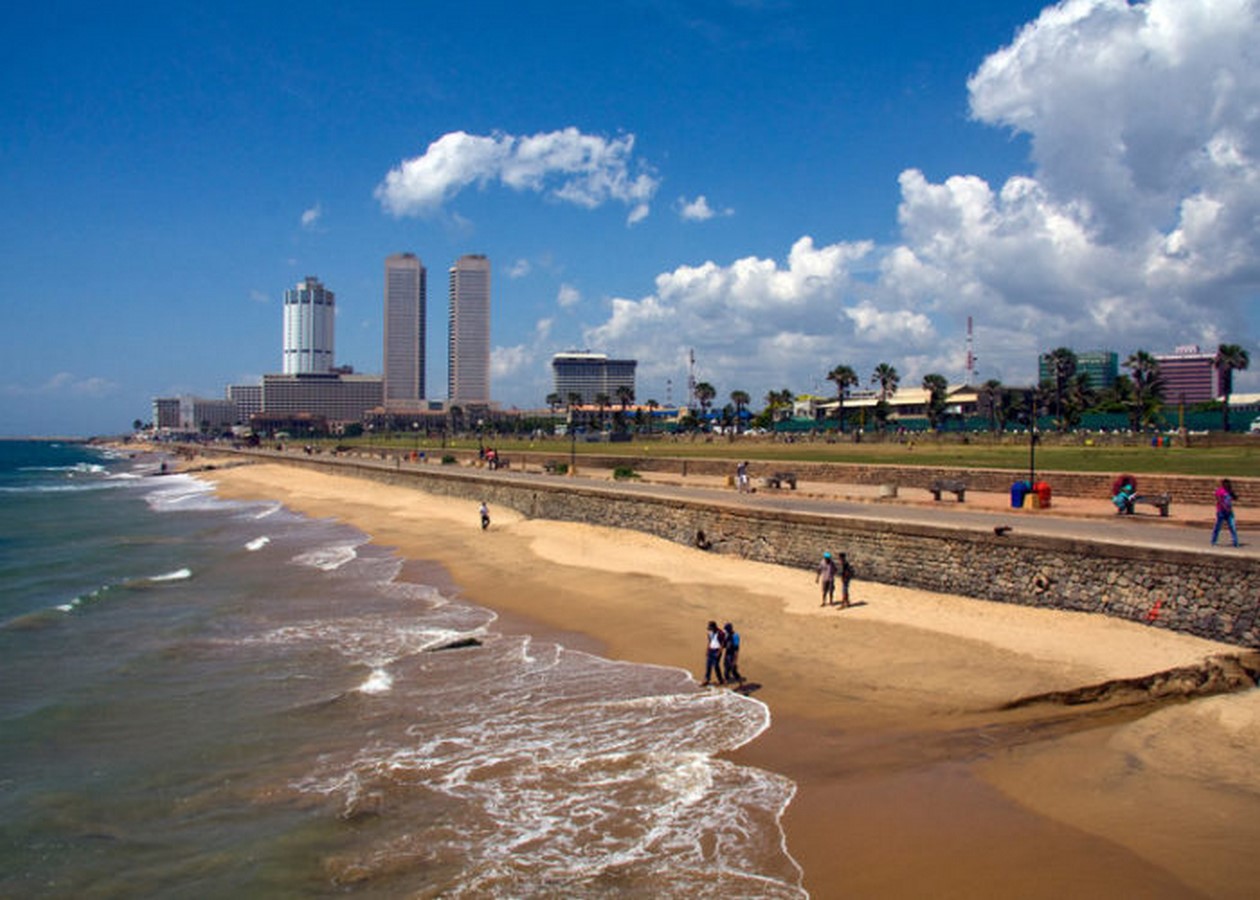
4. Number 11- Bawa residence
One of the few benefits of visiting Sri Lanka is getting an opportunity to see the beautiful and inspiring work of the late master architect Geoffrey Bawa. Bawa is one architect who has inspired architects from various schools and getting to see his work, in reality, does a dream come true. Number 11 is one of Bawa’s residences in Colombo. Book a tour there beforehand because you will regret missing this opportunity.
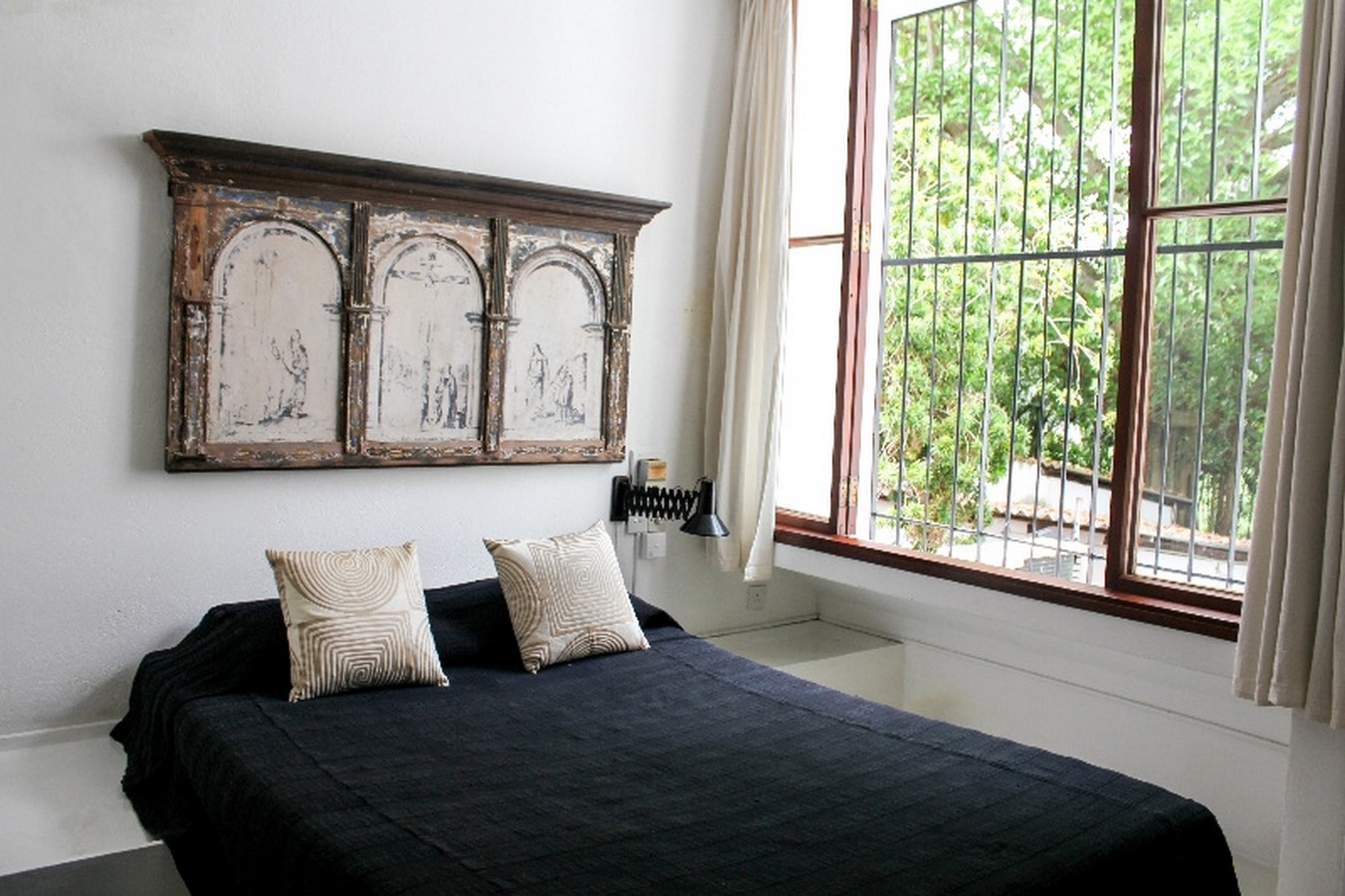
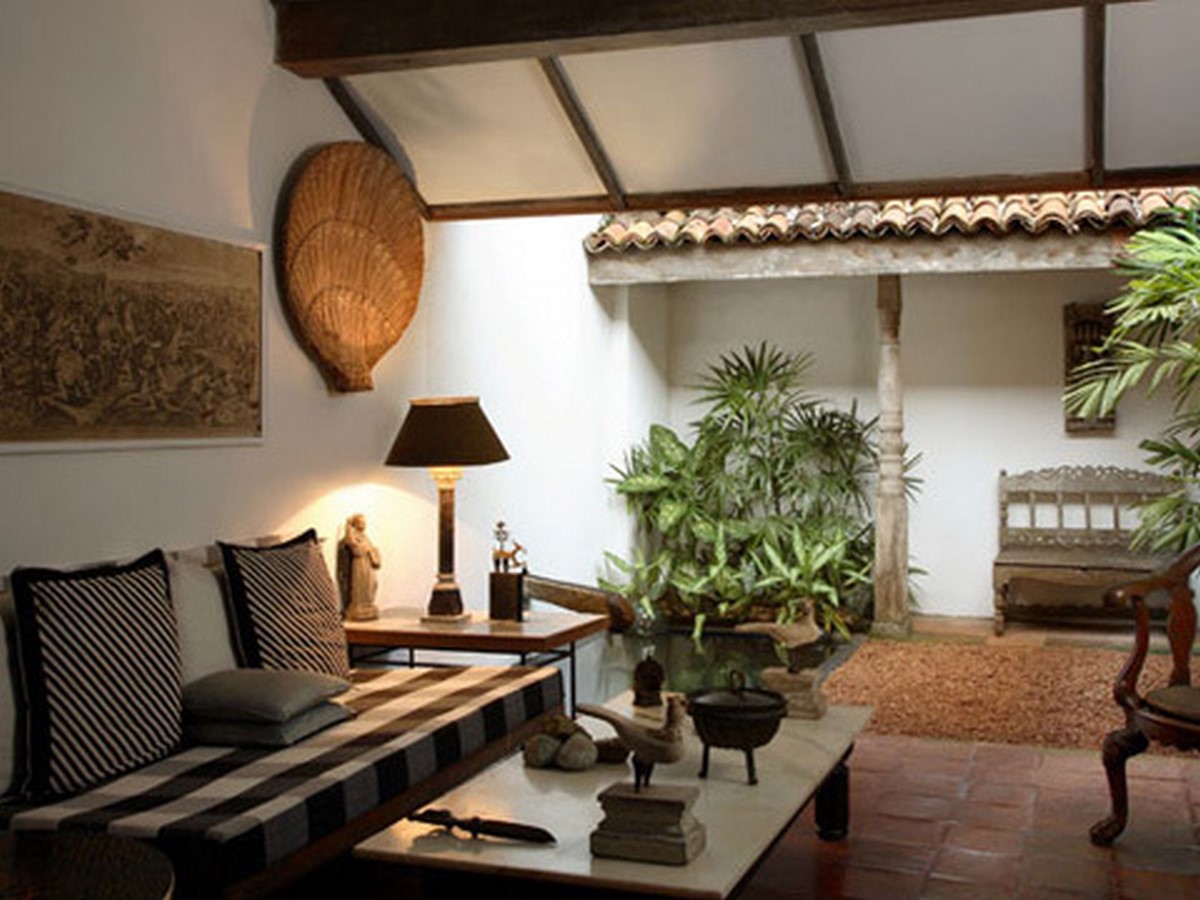
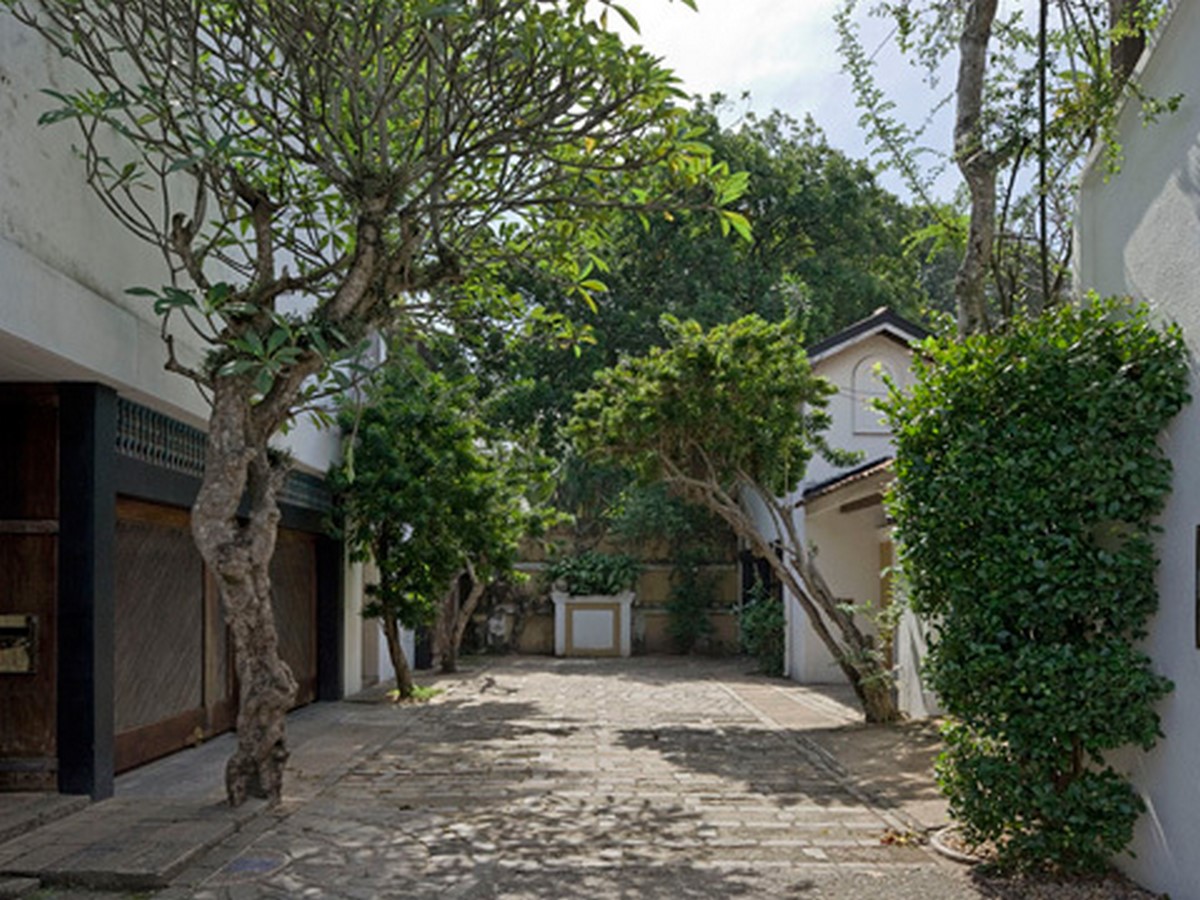
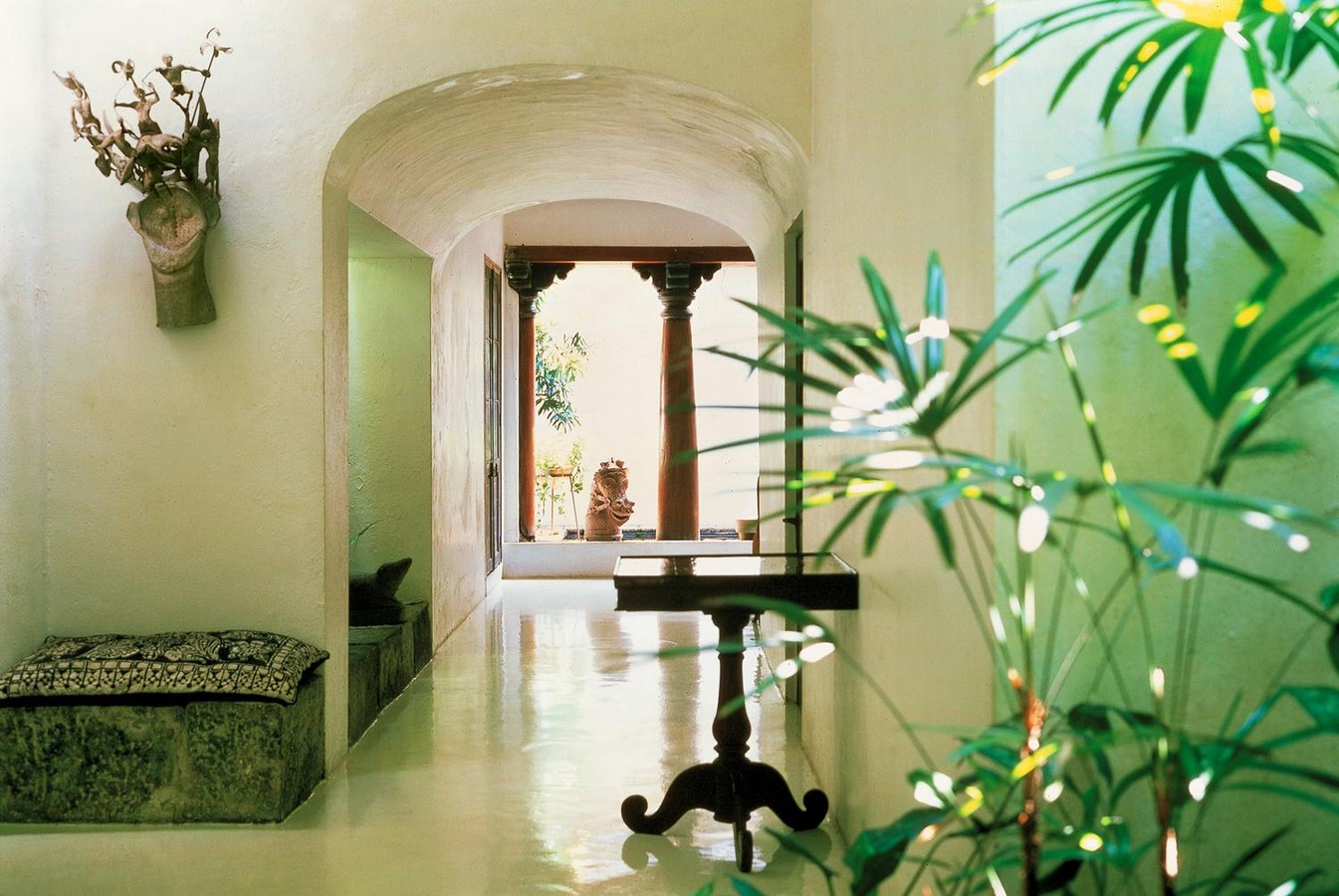
5. The Colombo Planetarium
This folded plate planetarium was inspired by a lotus flower. This structure was also the first precast post-tensioned structure in Sri Lanka, acclaimed across the world for its dynamic structure.
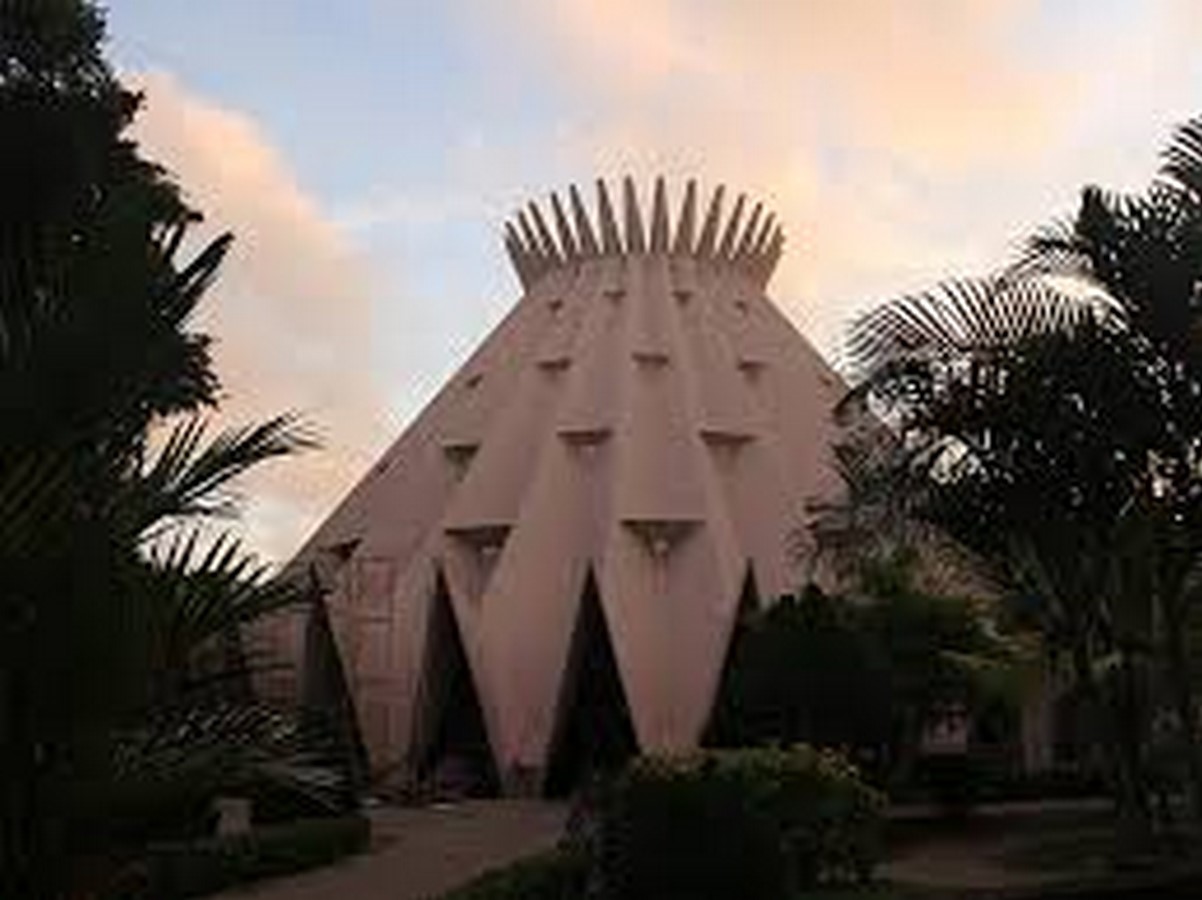
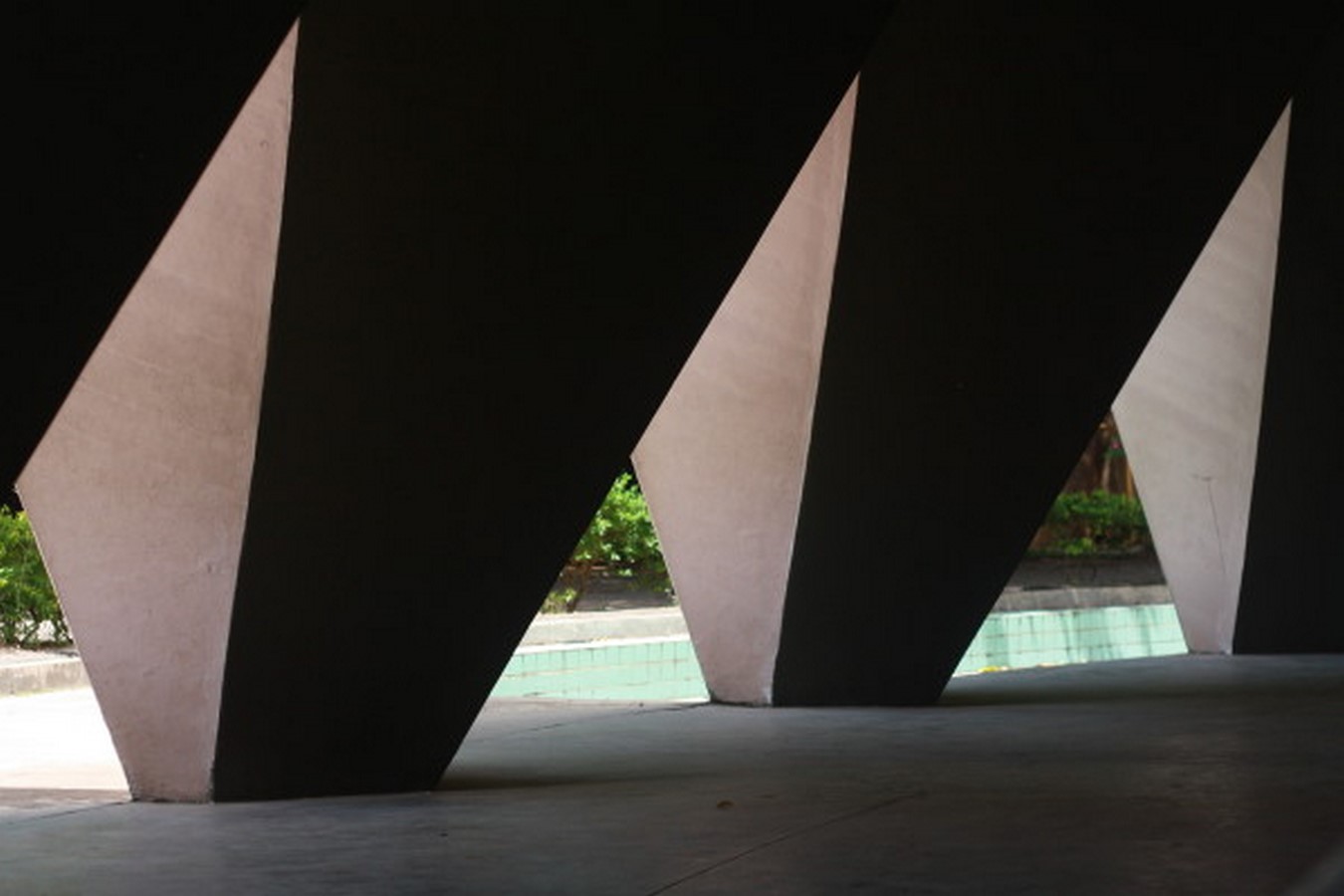
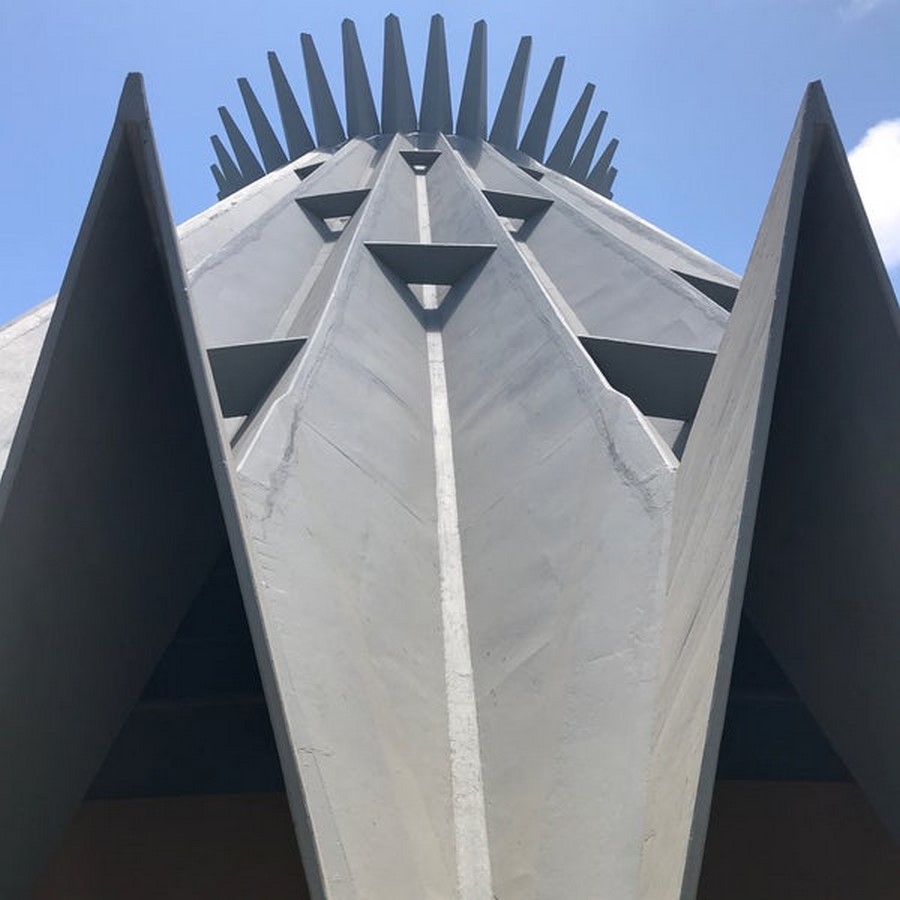
6. Nelum Pokuna Theatre
Nelum Pokuna means ‘lotus pond’. The structure was conceived as a lotus with modern materials and had created quite a buzz after its construction. Good or bad is debatable. Go here and figure it out for yourself about the progeny of modern materials and traditional thinking.
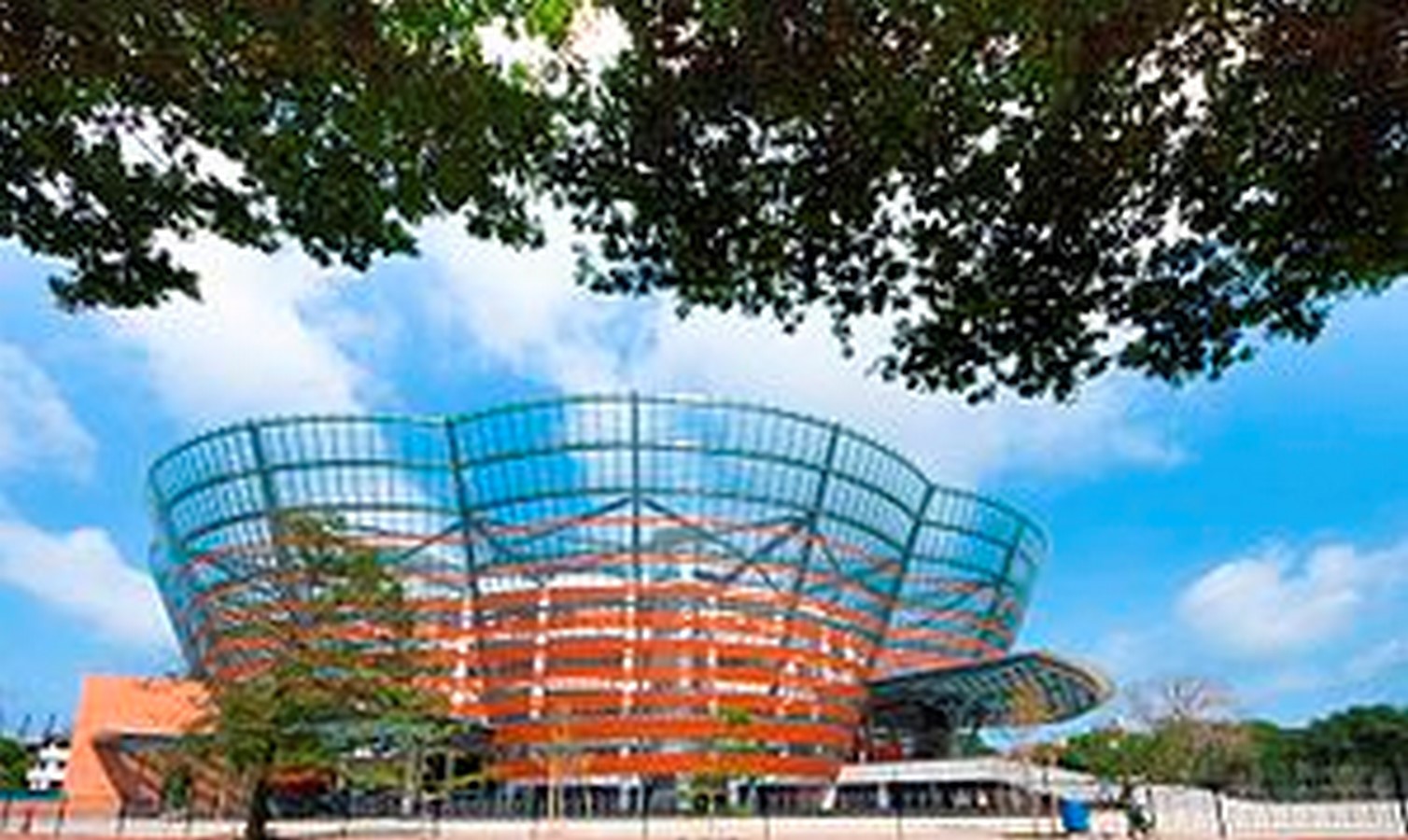
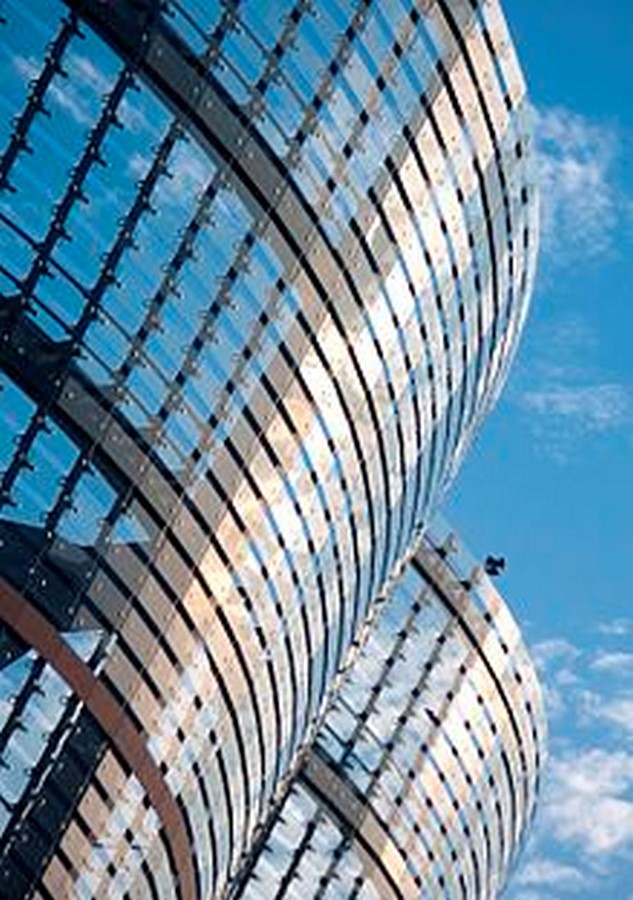
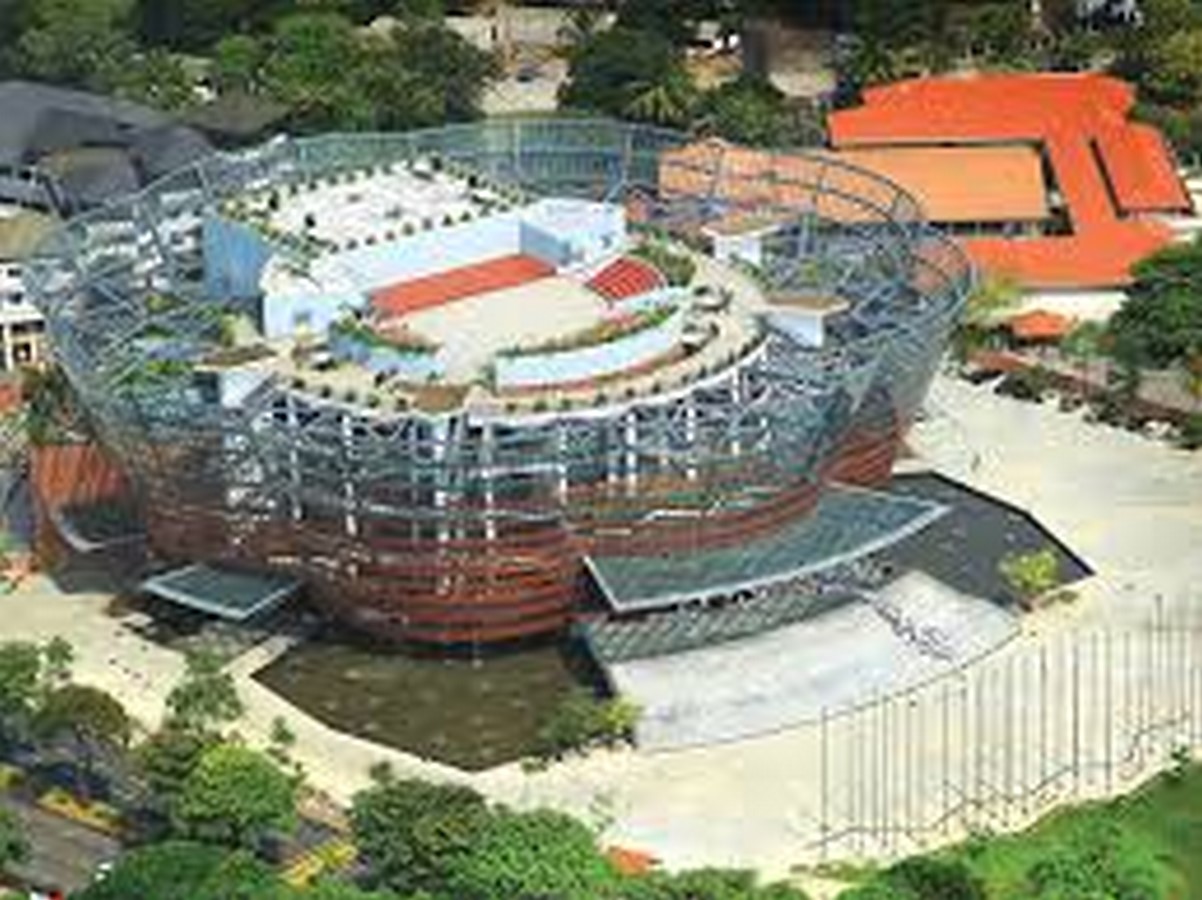
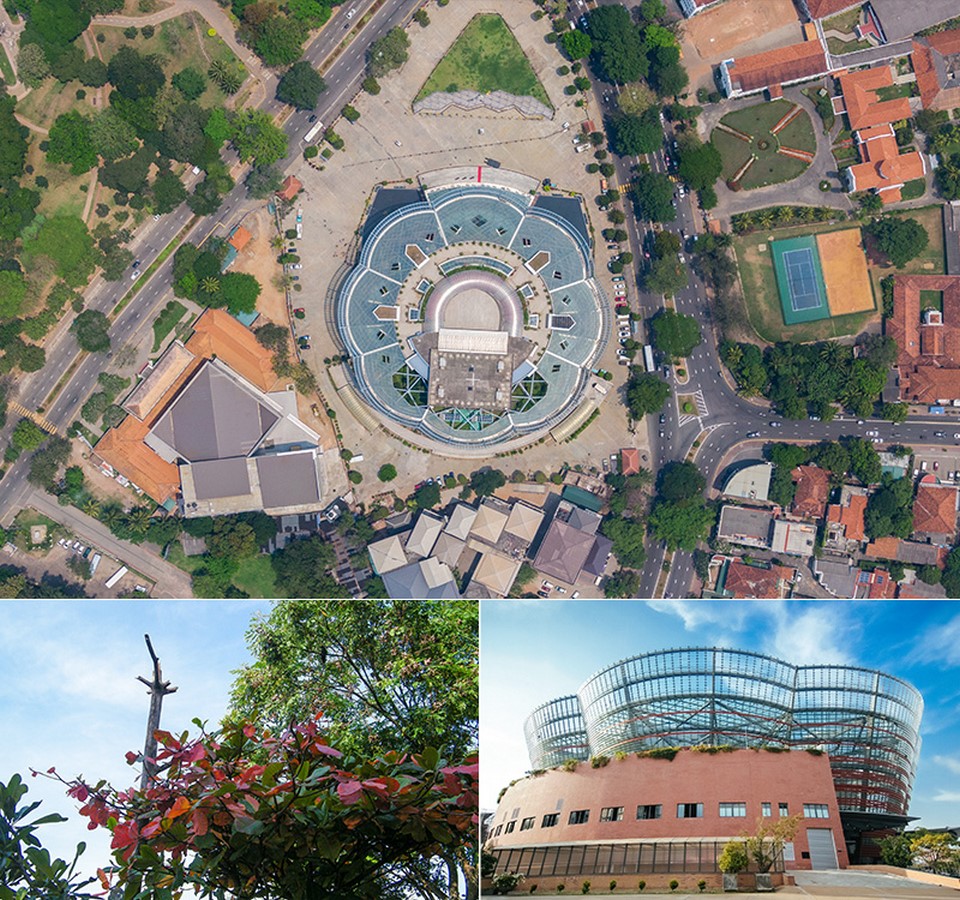
7. Gangaramaya Temple
Gangaramaya Temple is one of the most beautiful temples in Sri Lanka. Originally built on marshy land, the Gangaramaya temple sits just a few km away from Lake Beira. The form of architecture shows a very interesting mix of Indian, Thai, and Chinese architecture.
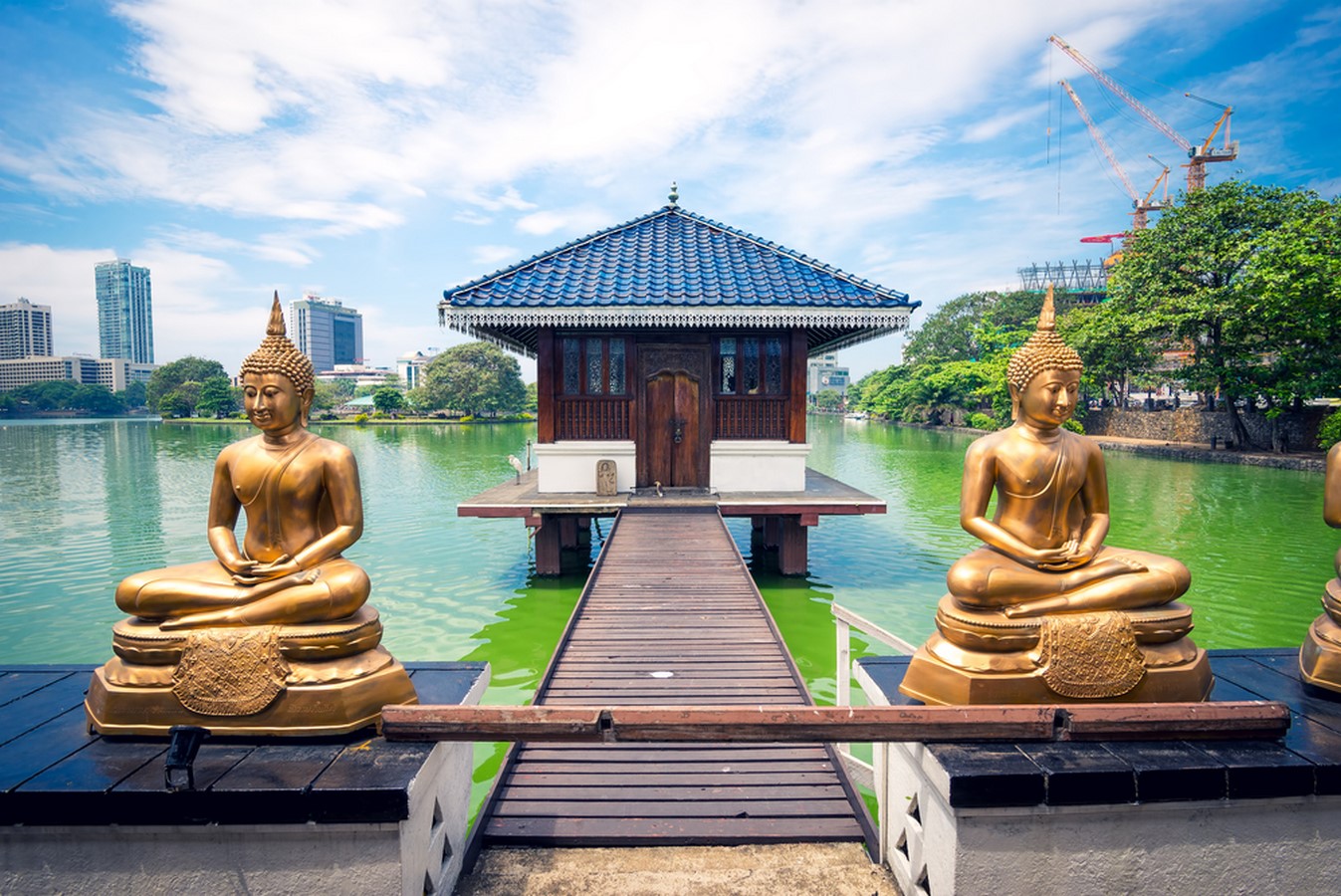
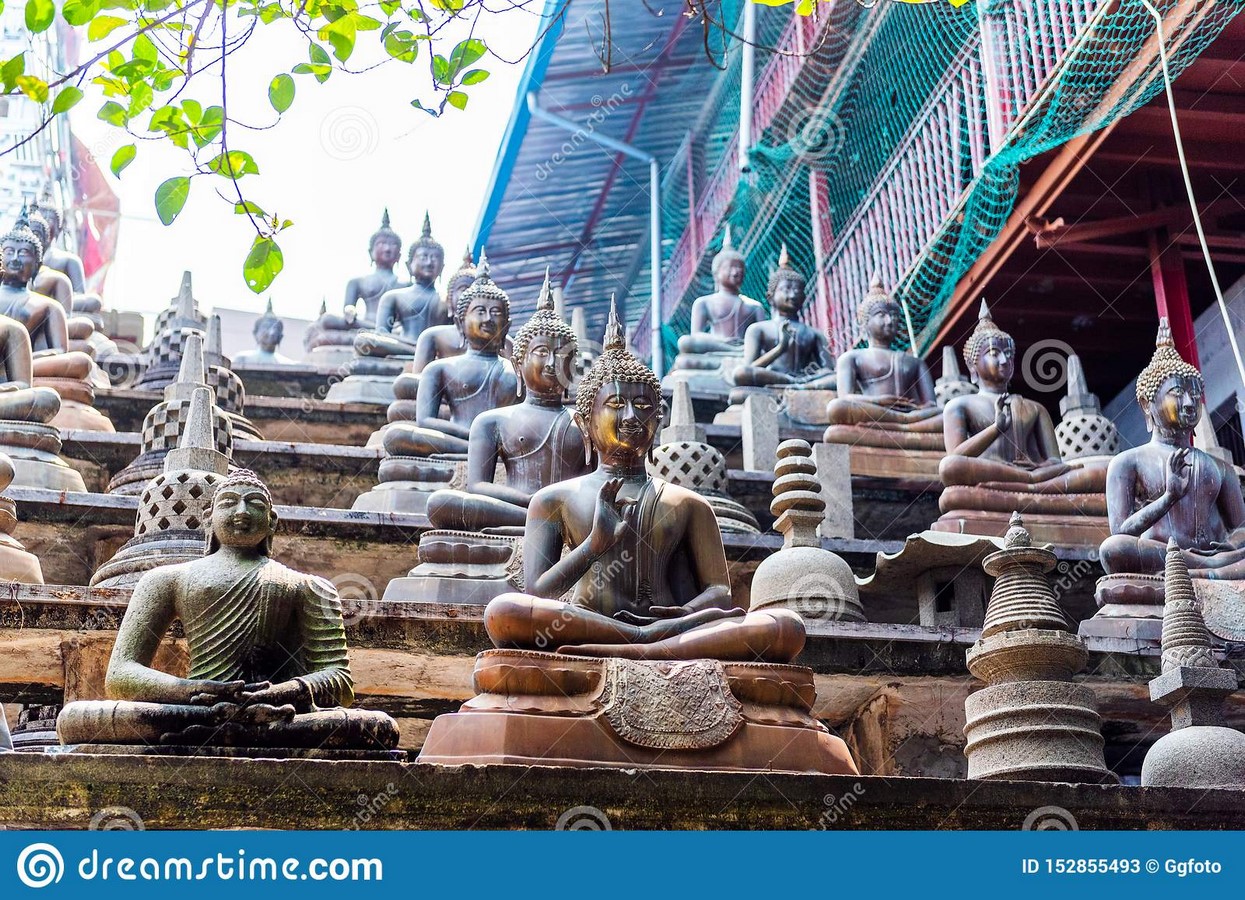
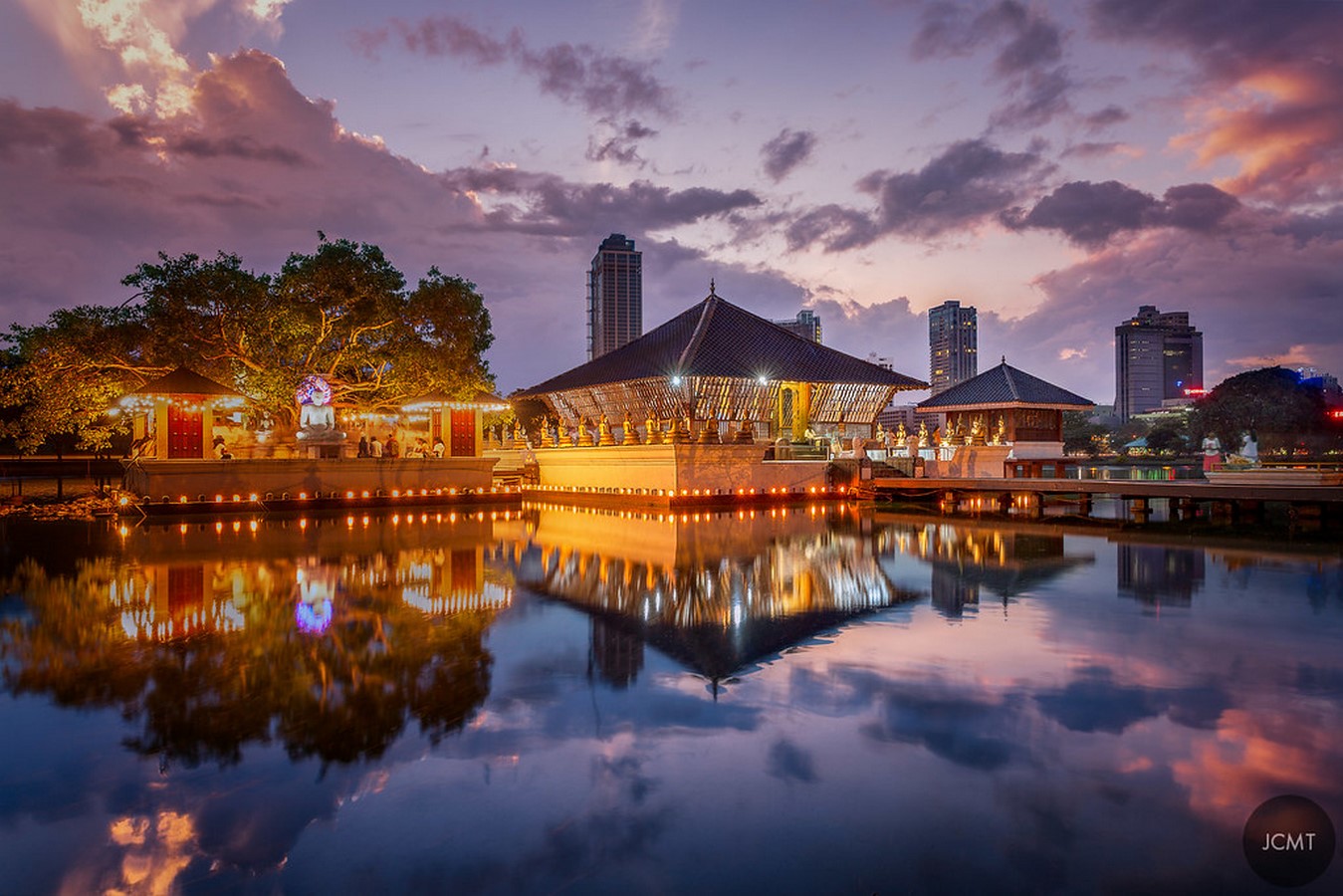
8. National Museum of Colombo
The National Museum of Colombo is one of the two museums in Colombo. It is, however, the largest Museum in Sri Lanka. Built-in Colonial style of architecture this building gives an insight into the vast and culturally rich history of Sri Lanka. It’s a beautiful place to learn about the history of the country you are visiting.
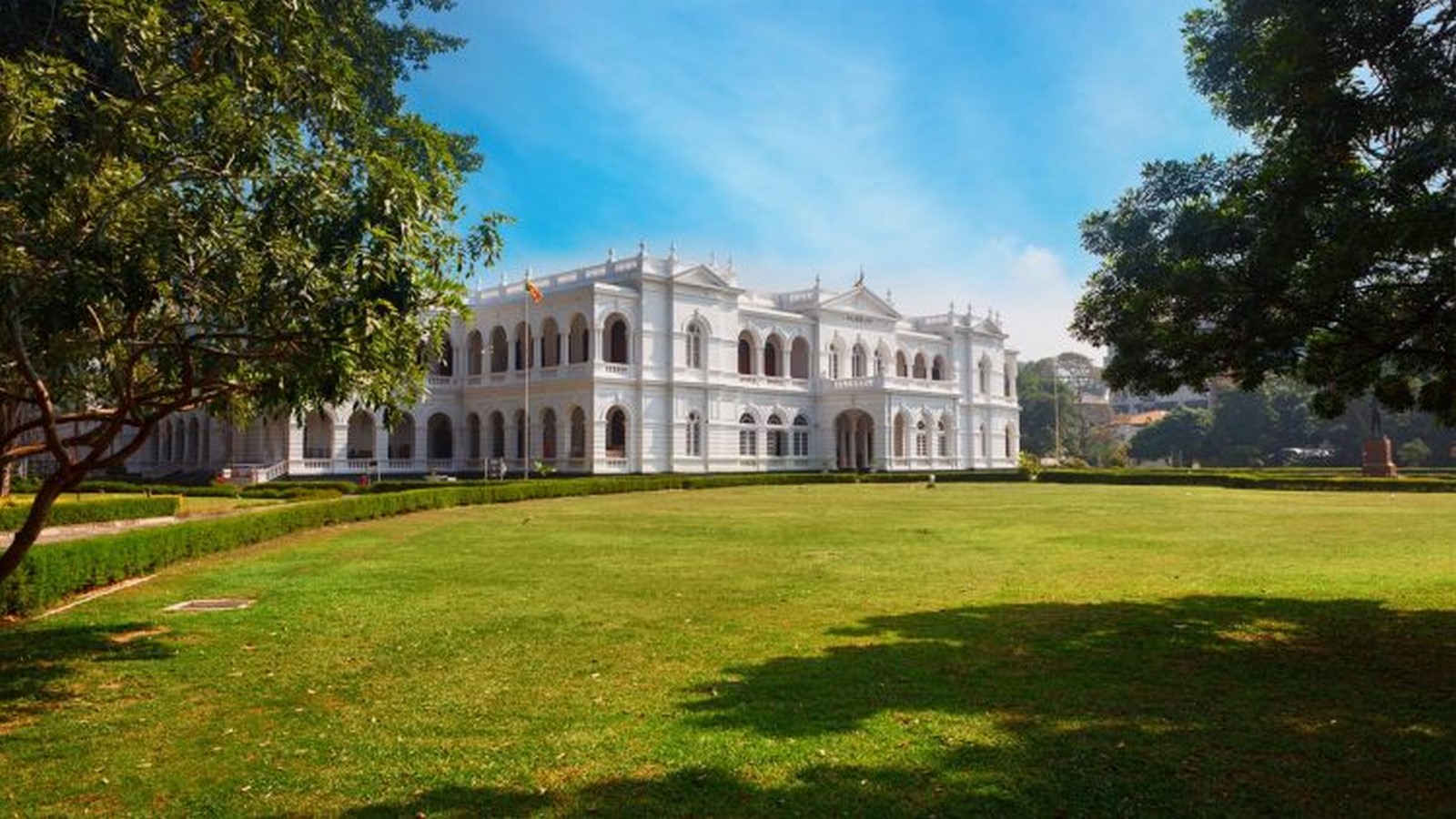
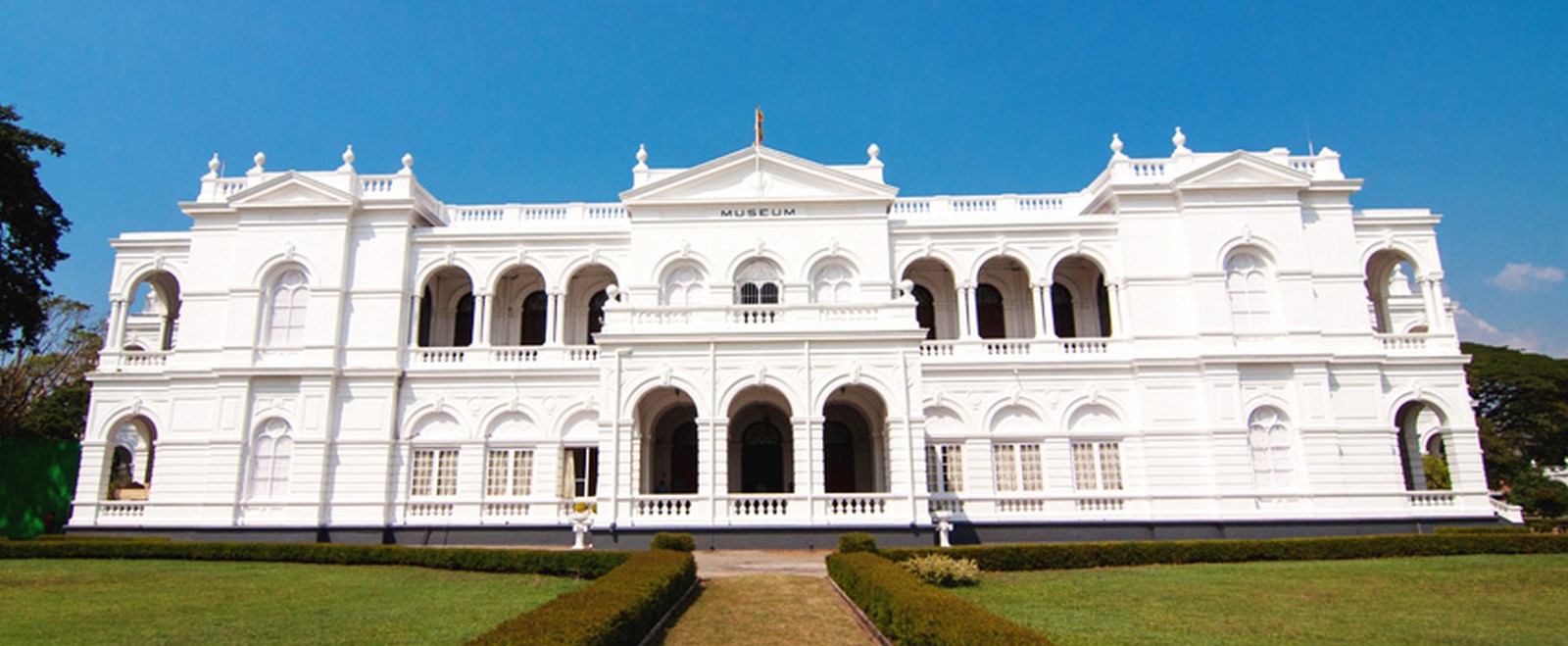
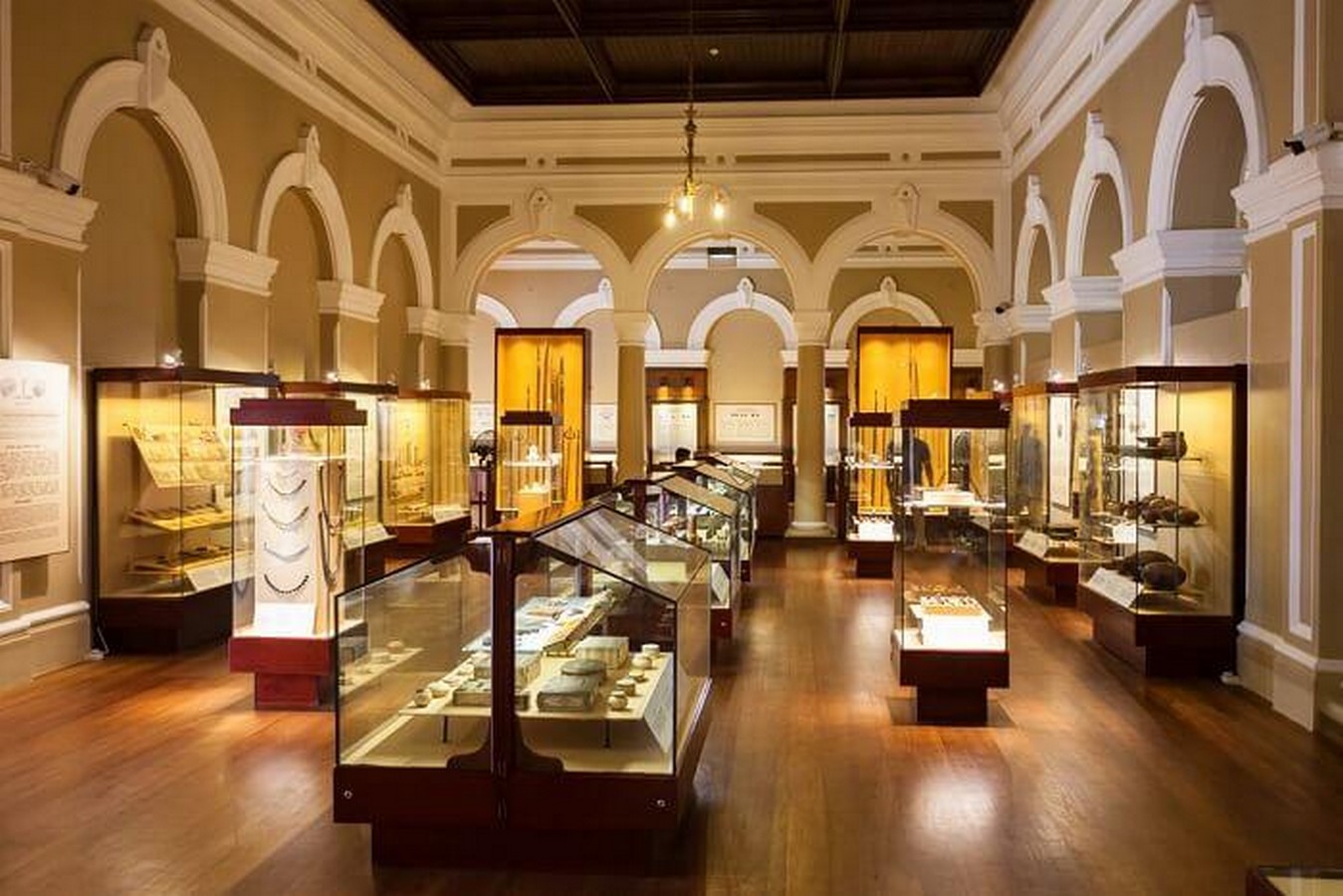
9. Pettah Floating Market
Originally Pettah had a series of abandoned warehouses and the water was smelly and considered dangerous. However, after proper restoration and reconstruction, a glorious market has been developed there.

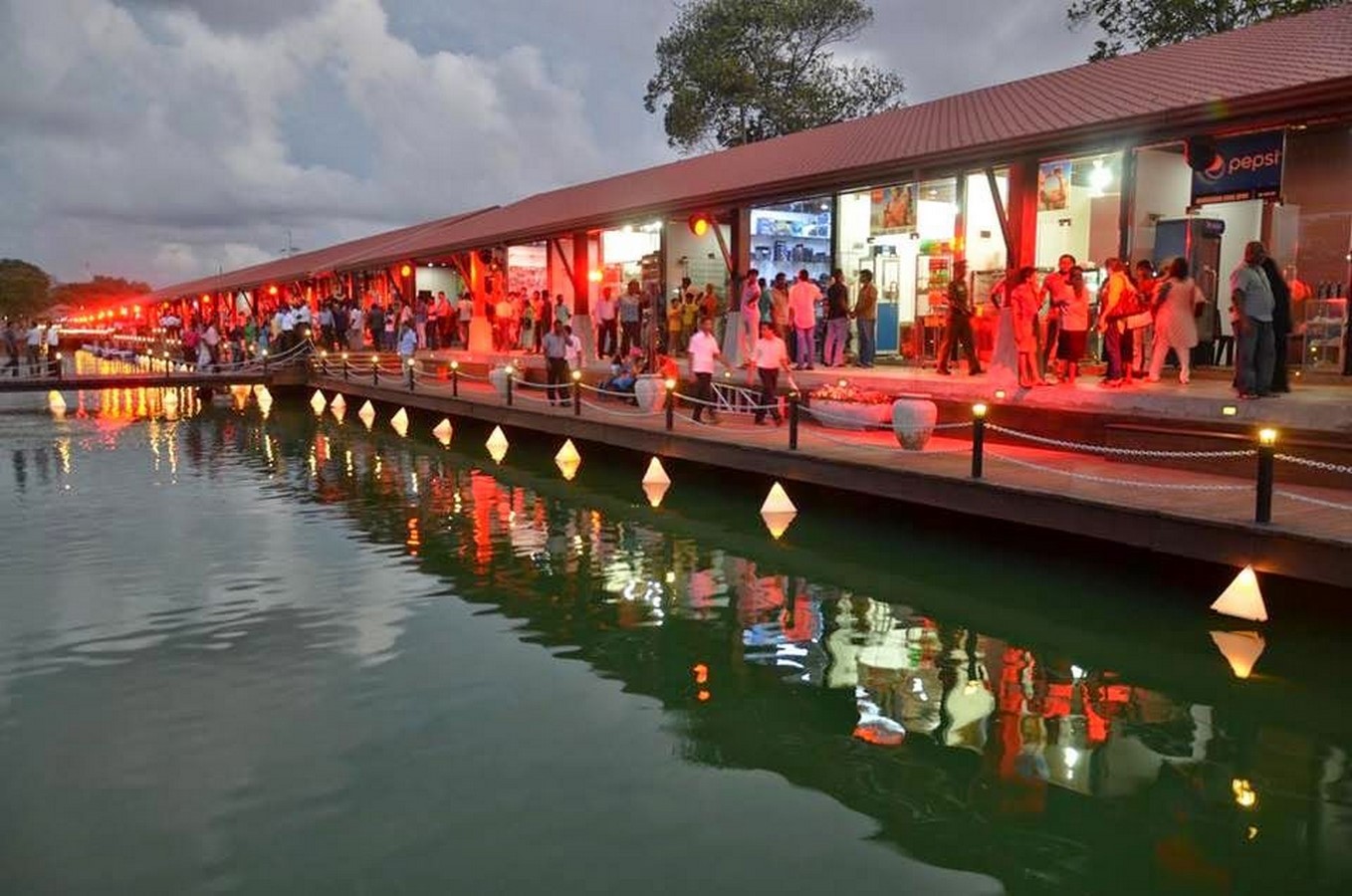
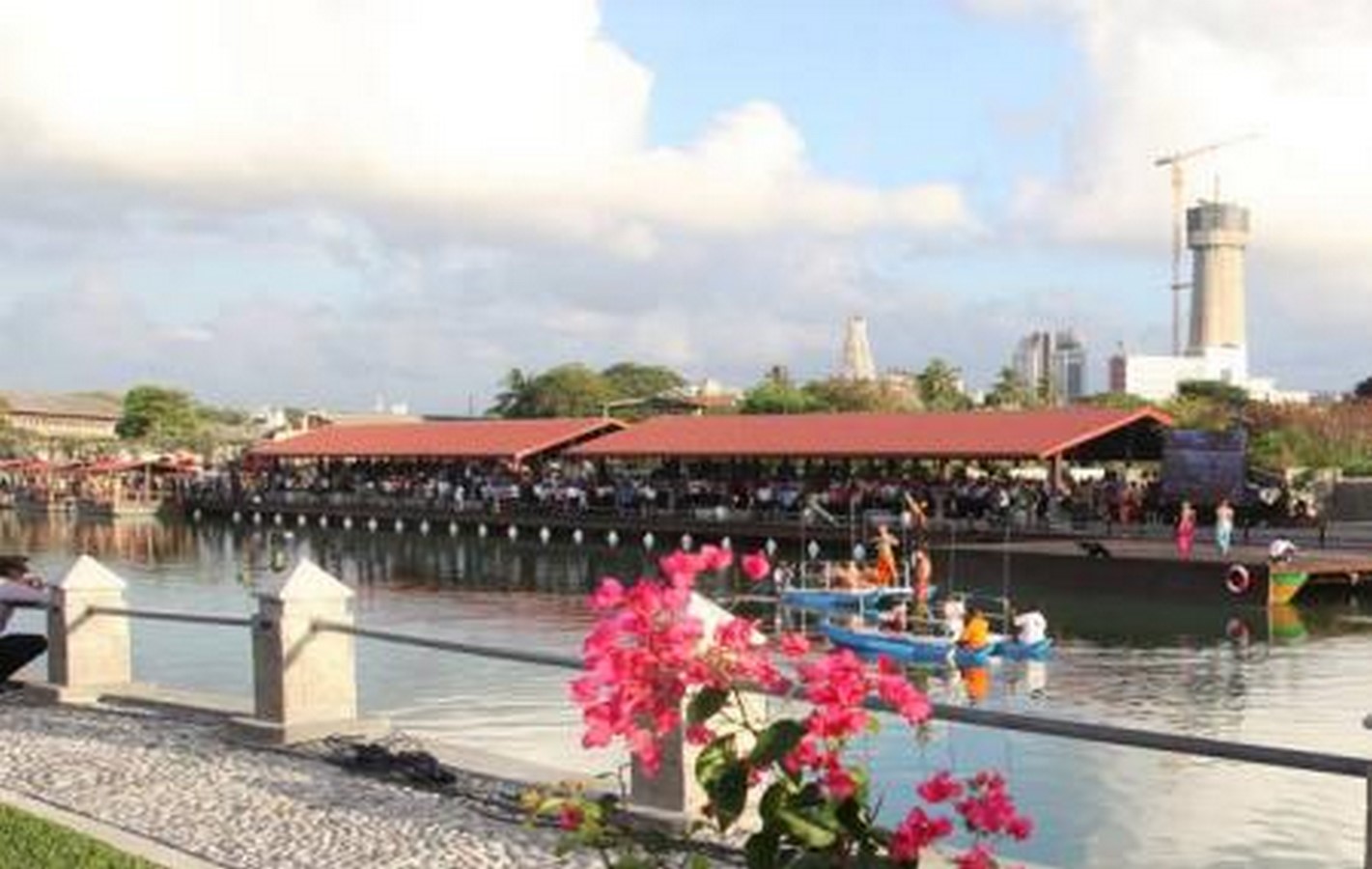
10. Viharamahadevi Park
Originally called ‘Victoria Park’, Viharamahadevi Park is a public park located in Colombo. It is situated in front of a colonial-era town hall in Colombo and is the oldest and the largest public park in Colombo.
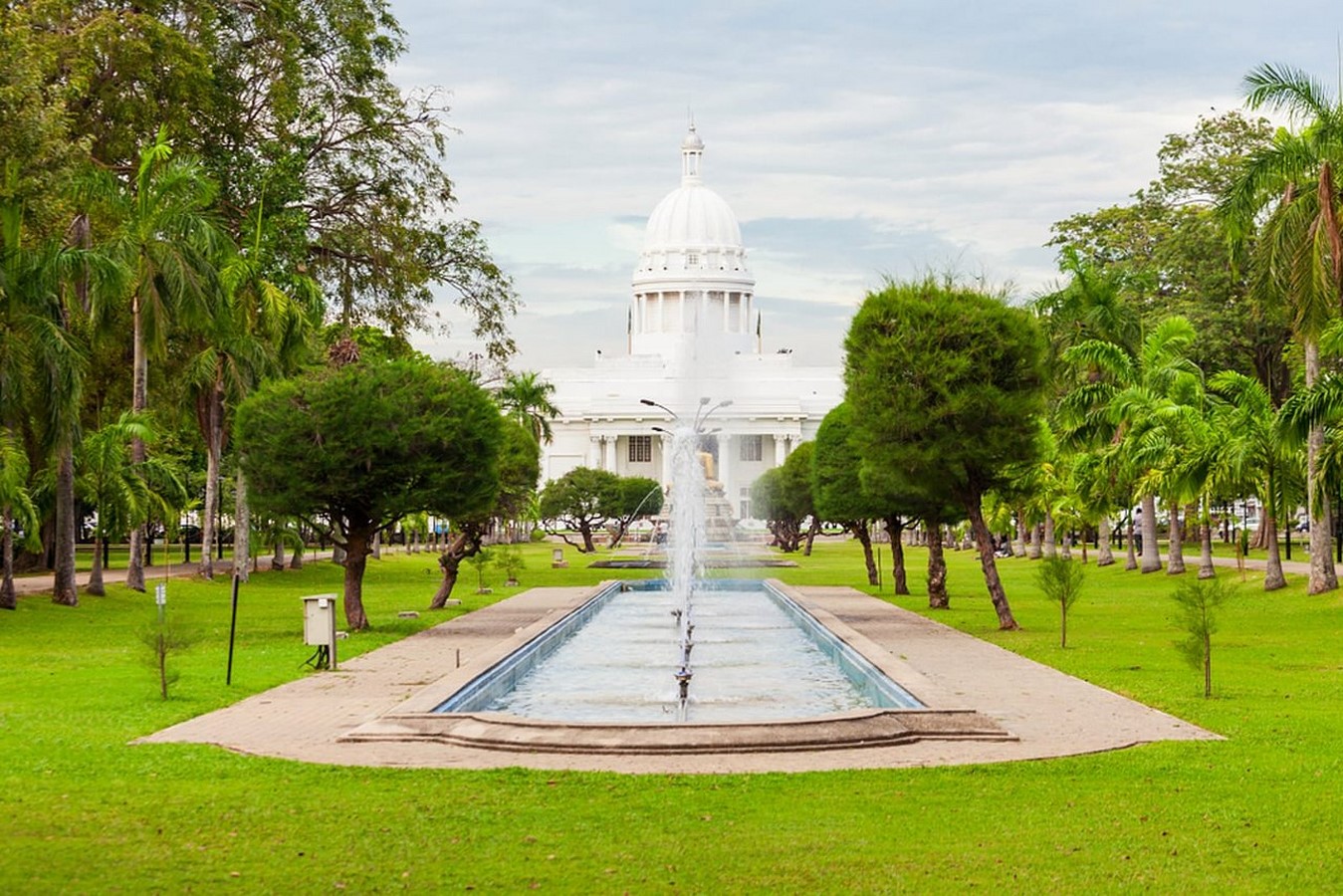
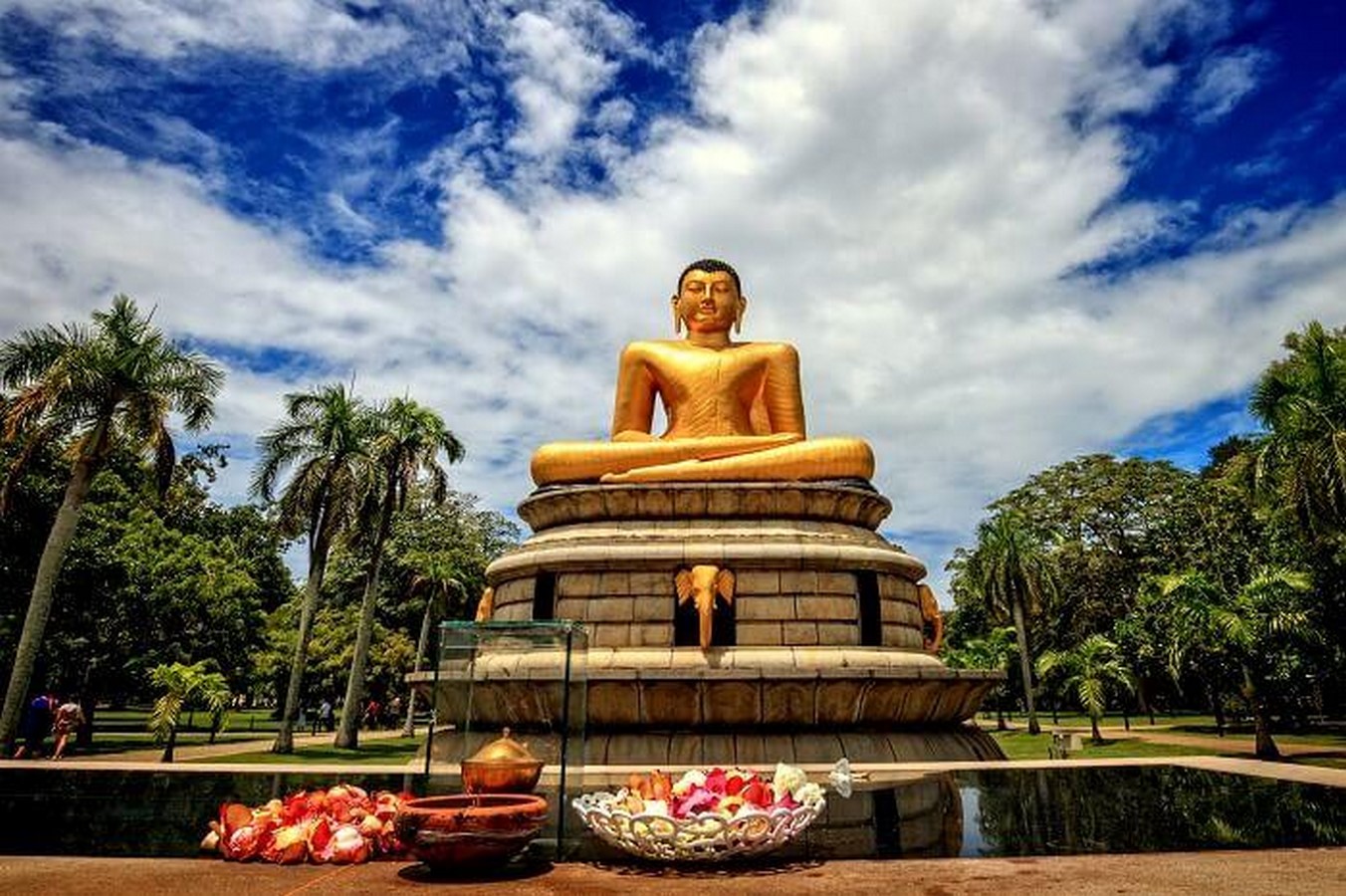
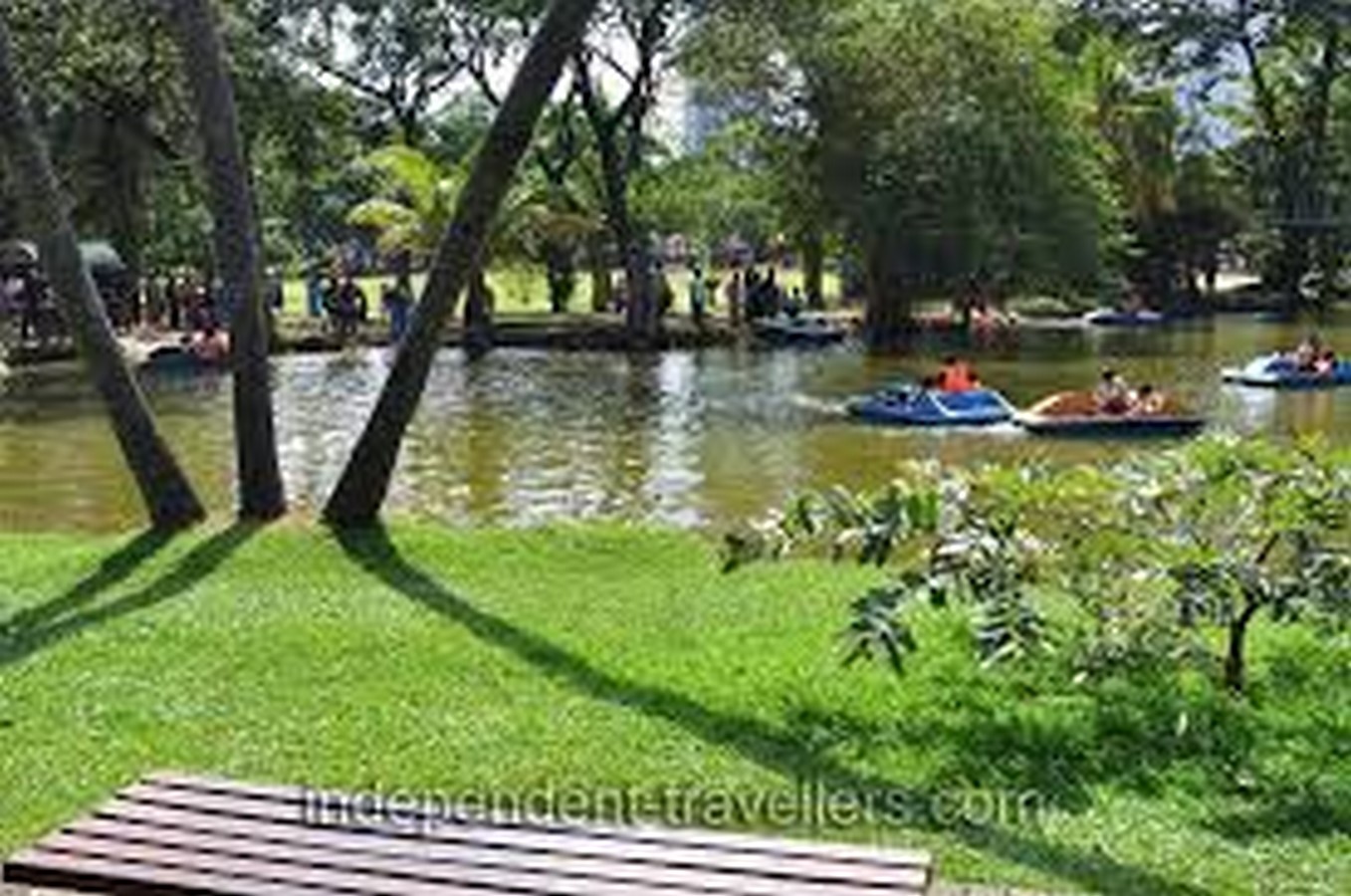
11. Independence Memorial Hall
Independence Memorial Hall is a national monument of Sri Lanka commemorating the freedom of Sri Lanka from British rule. The site is ceremonial since the first of self-rule had started here with the first parliament. The structure is based on Magul Maduwa (Celebration Hall) the royal celebration hall of the Kingdom of Kandy, since that was the last ruler before British Raj.
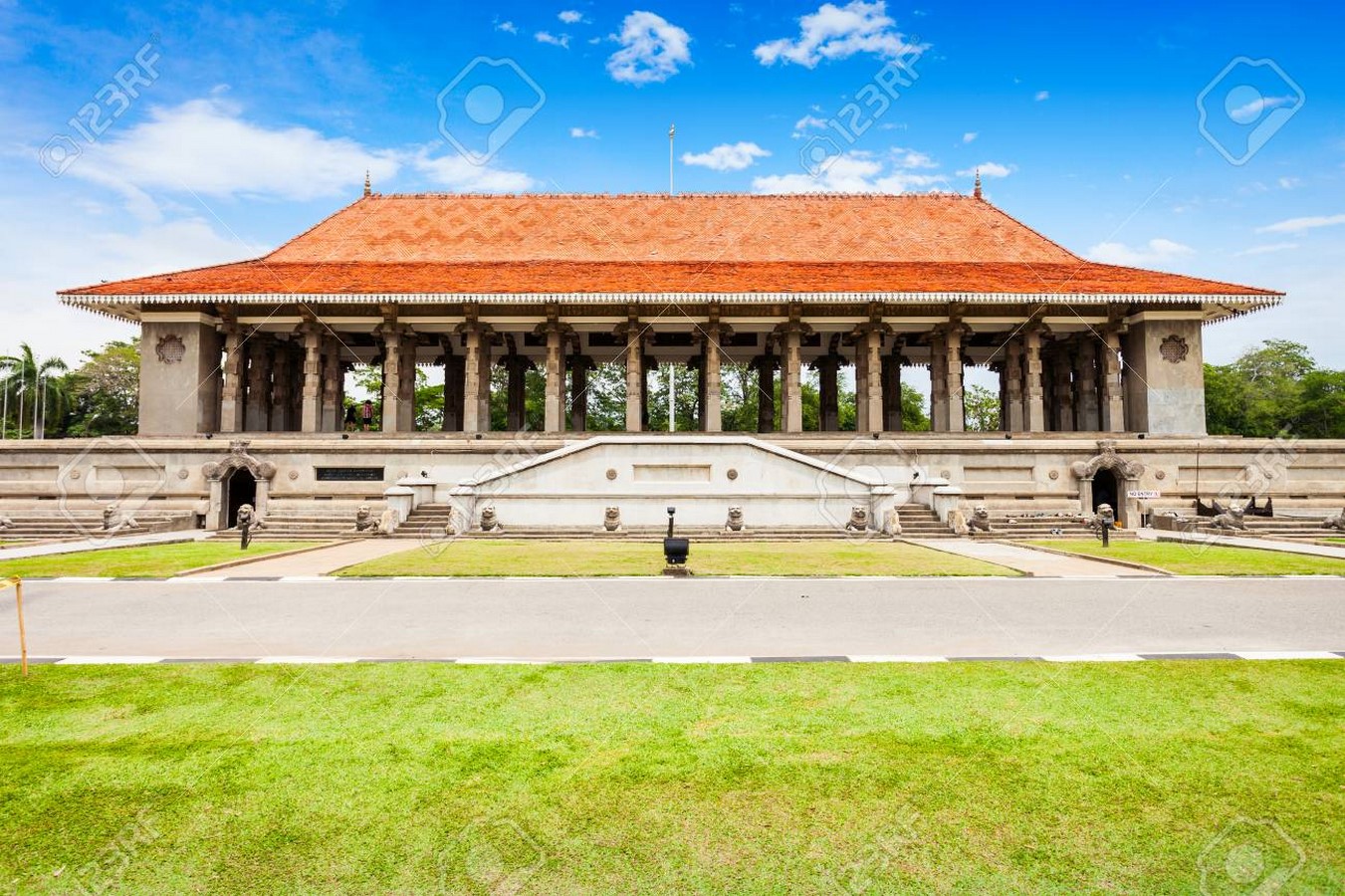
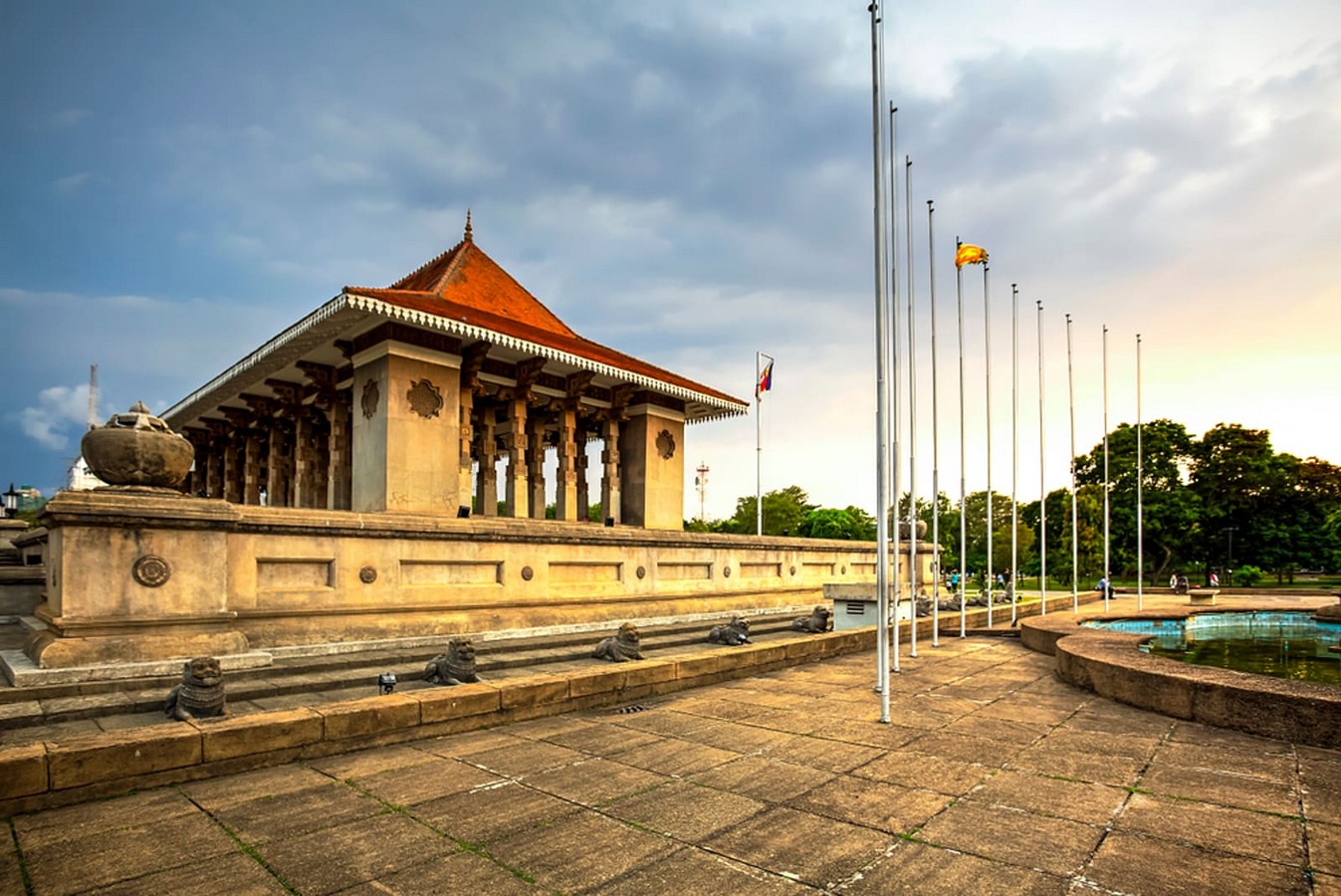
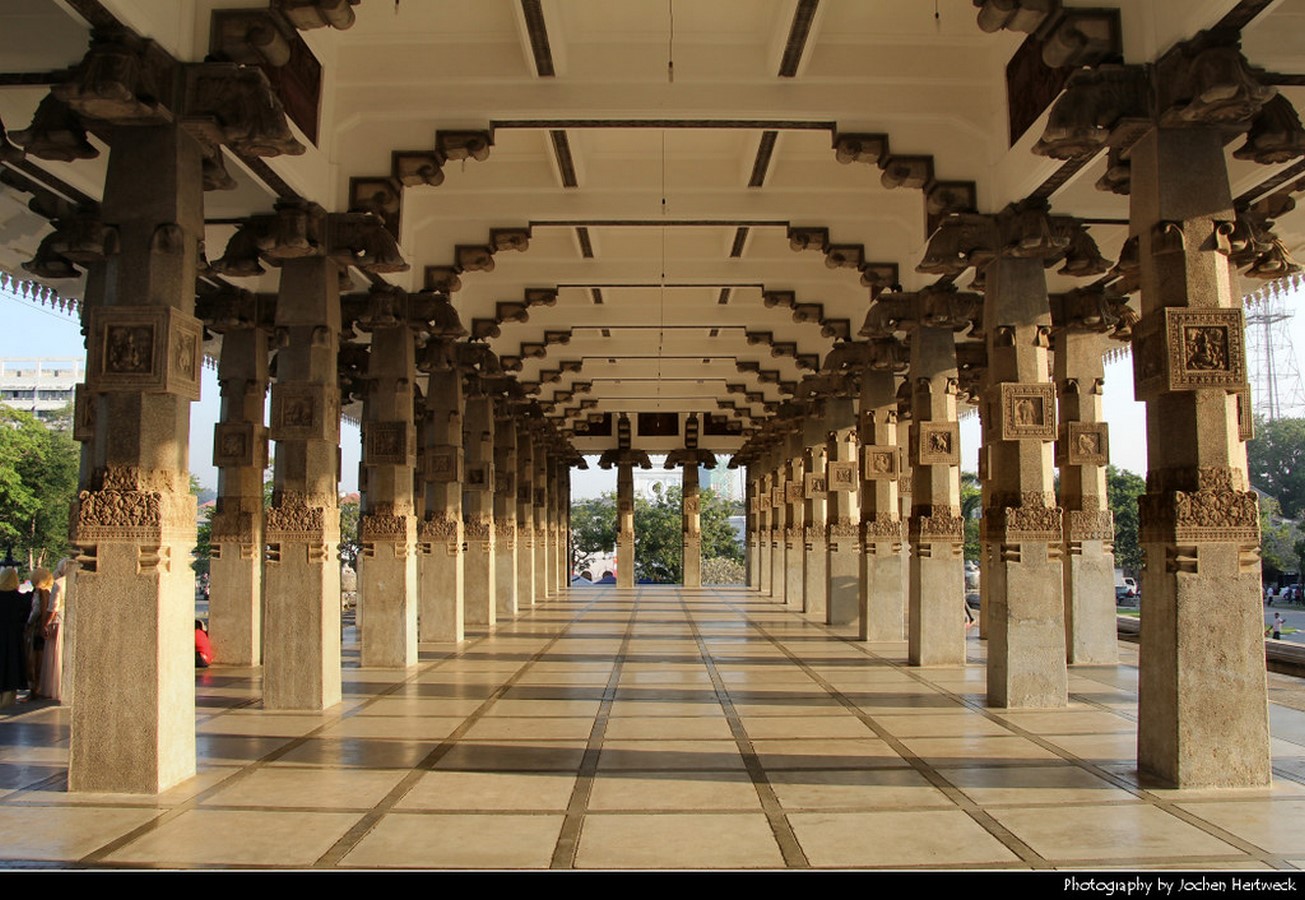
12. Jami Ul-Alfar Mosque
Jami Ul-Alfar Mosque is one of the most famous mosques of Colombo. Commissioned in 1908 by the local Muslim community in the area, this mosque was built by Habibu Labbe Saibu Labbe an unqualified architect. Hence an amalgamation of various architectural styles is visible in this structure. It has elements from Indo-Islamic architecture, Indian architecture along with Gothic Revival and Neoclassical styles all merged.
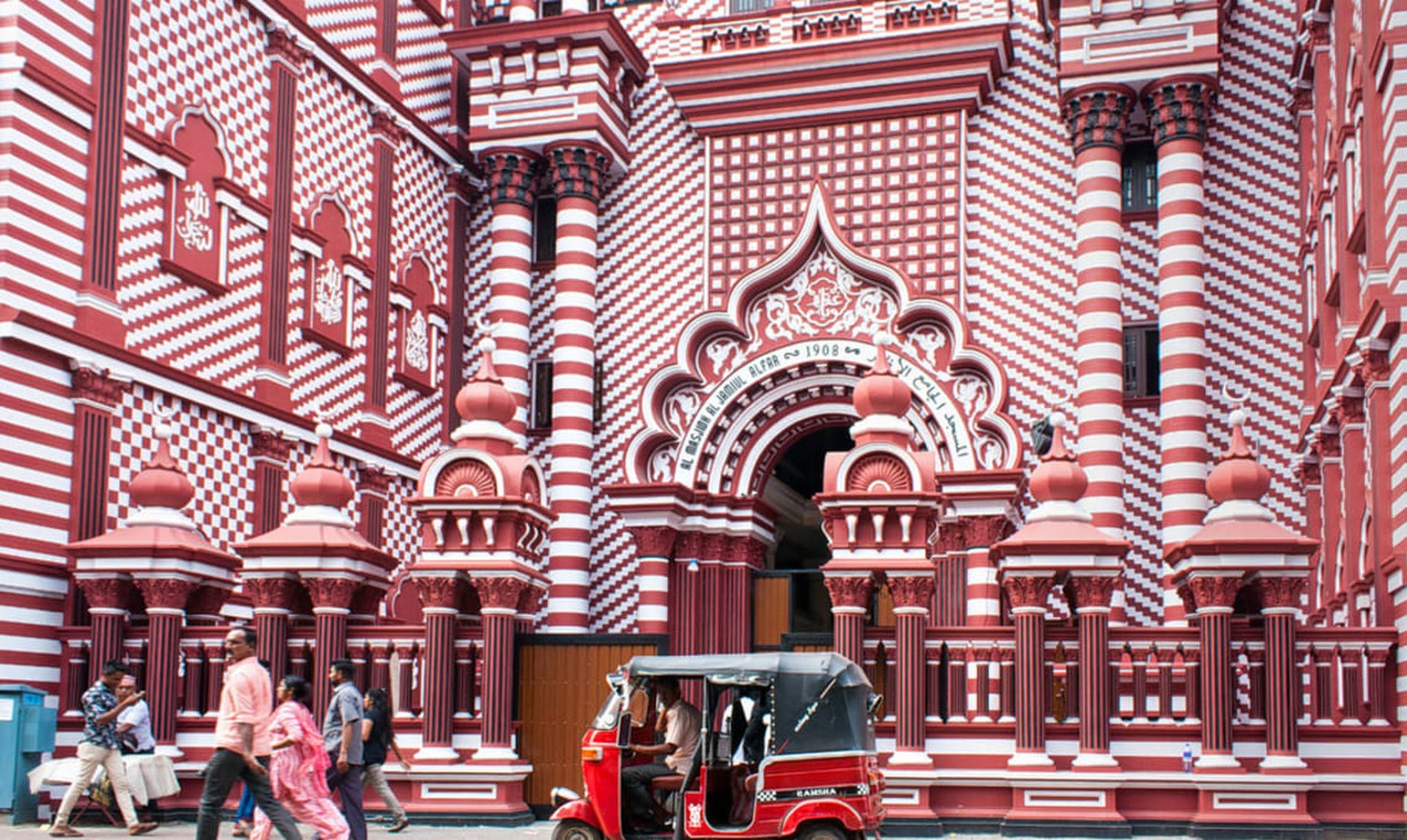
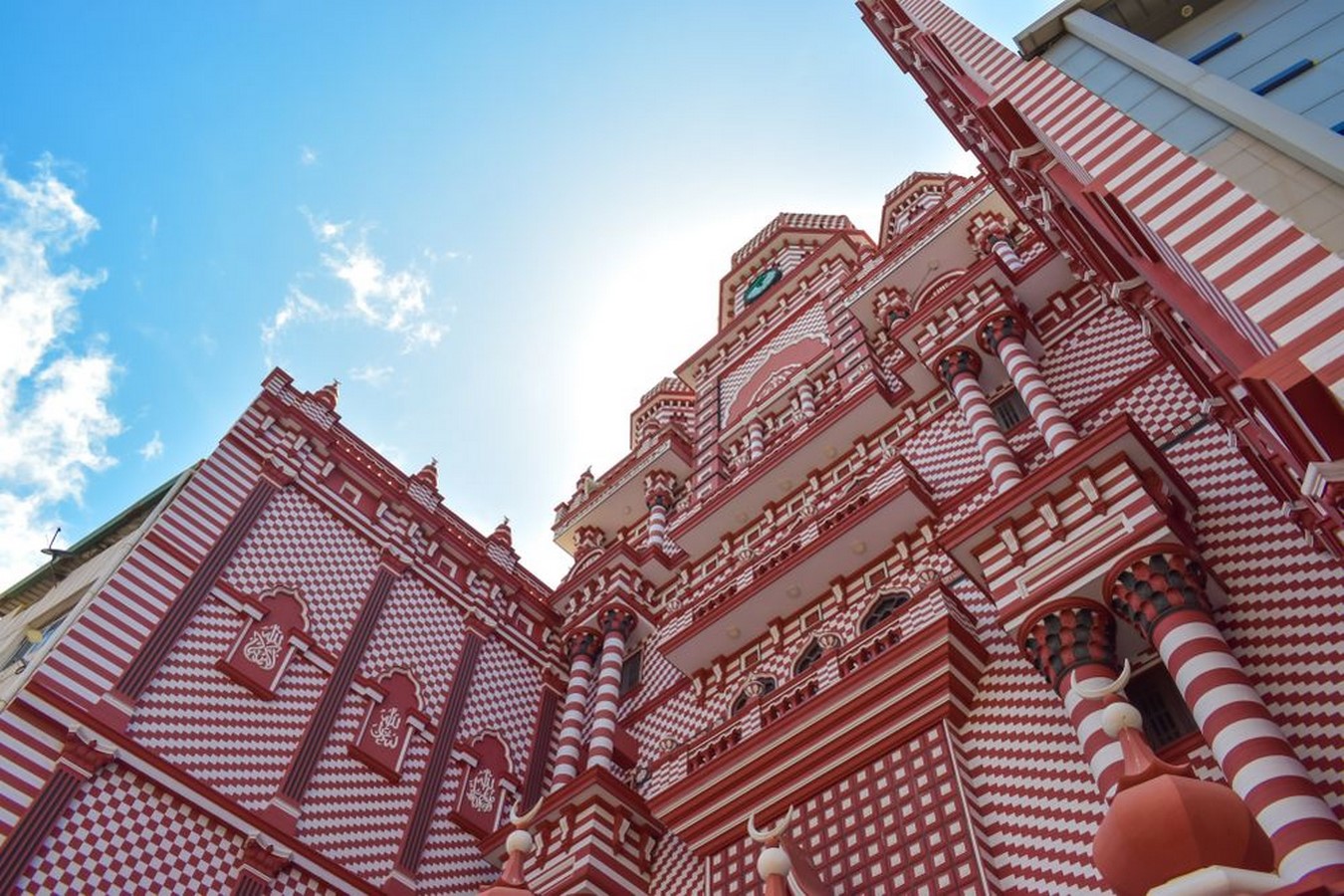
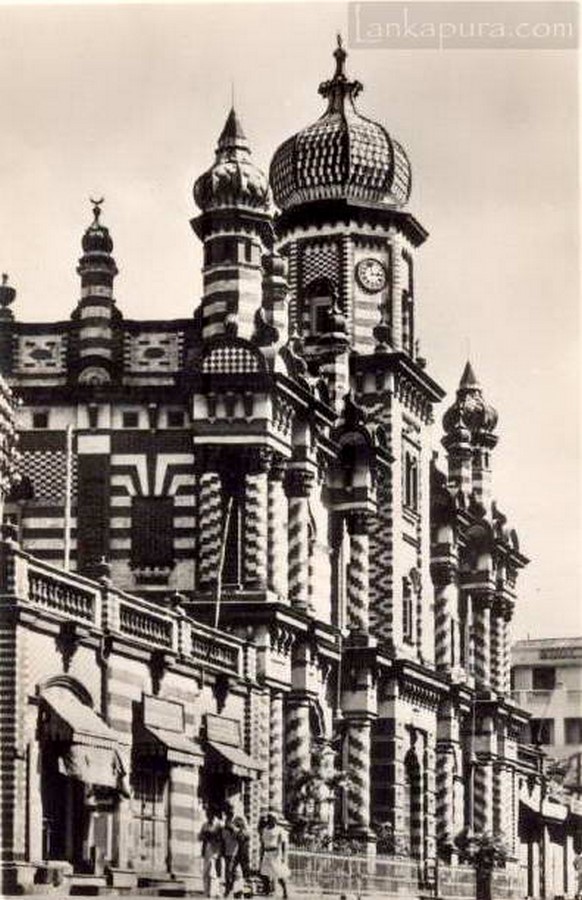
13. Dutch Period Museum
The Dutch Period Museum is a two-story colonnade building built during the Dutch occupation of Colombo (1656 – 1796). Since then the building has been used for various purposes, however now with financial help from the government of the Netherlands, it has been converted into a museum of Dutch history in Sri Lanka.

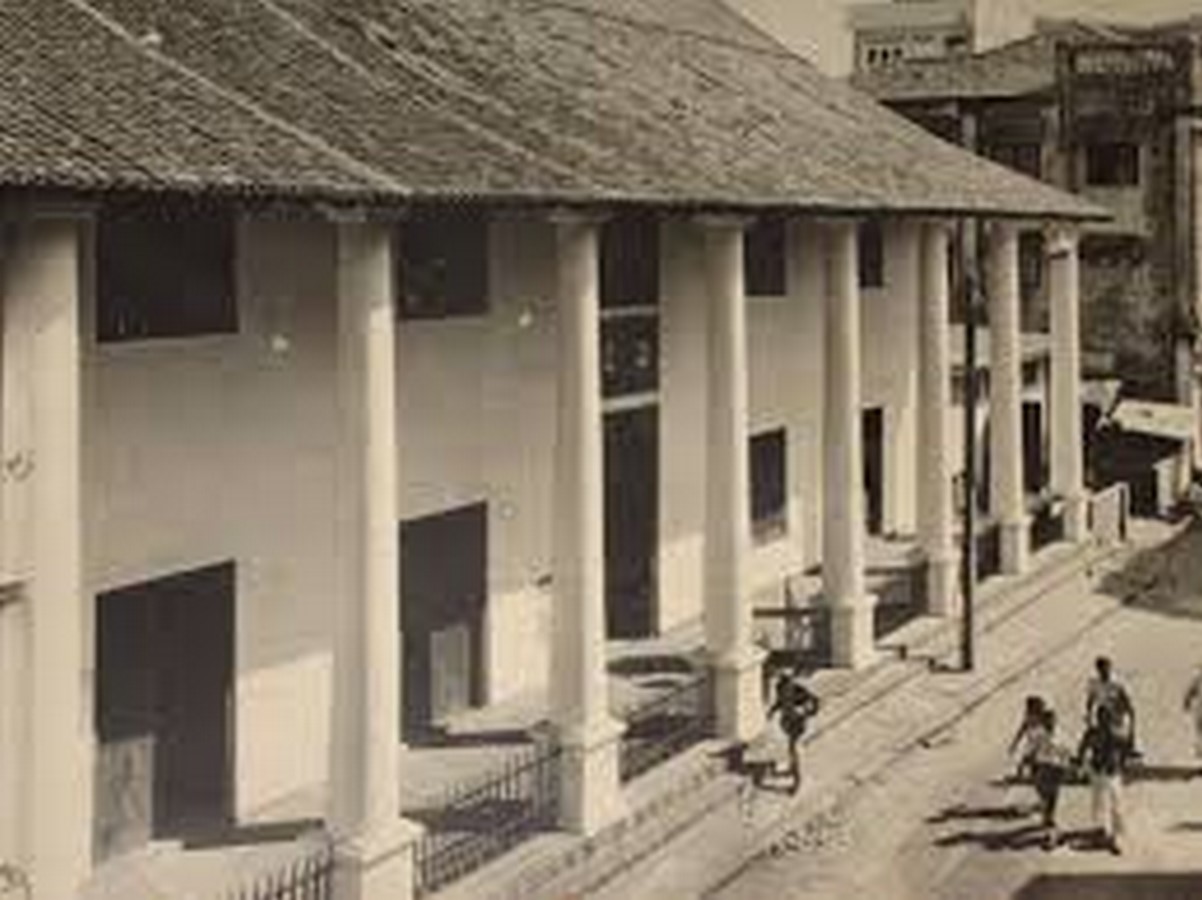
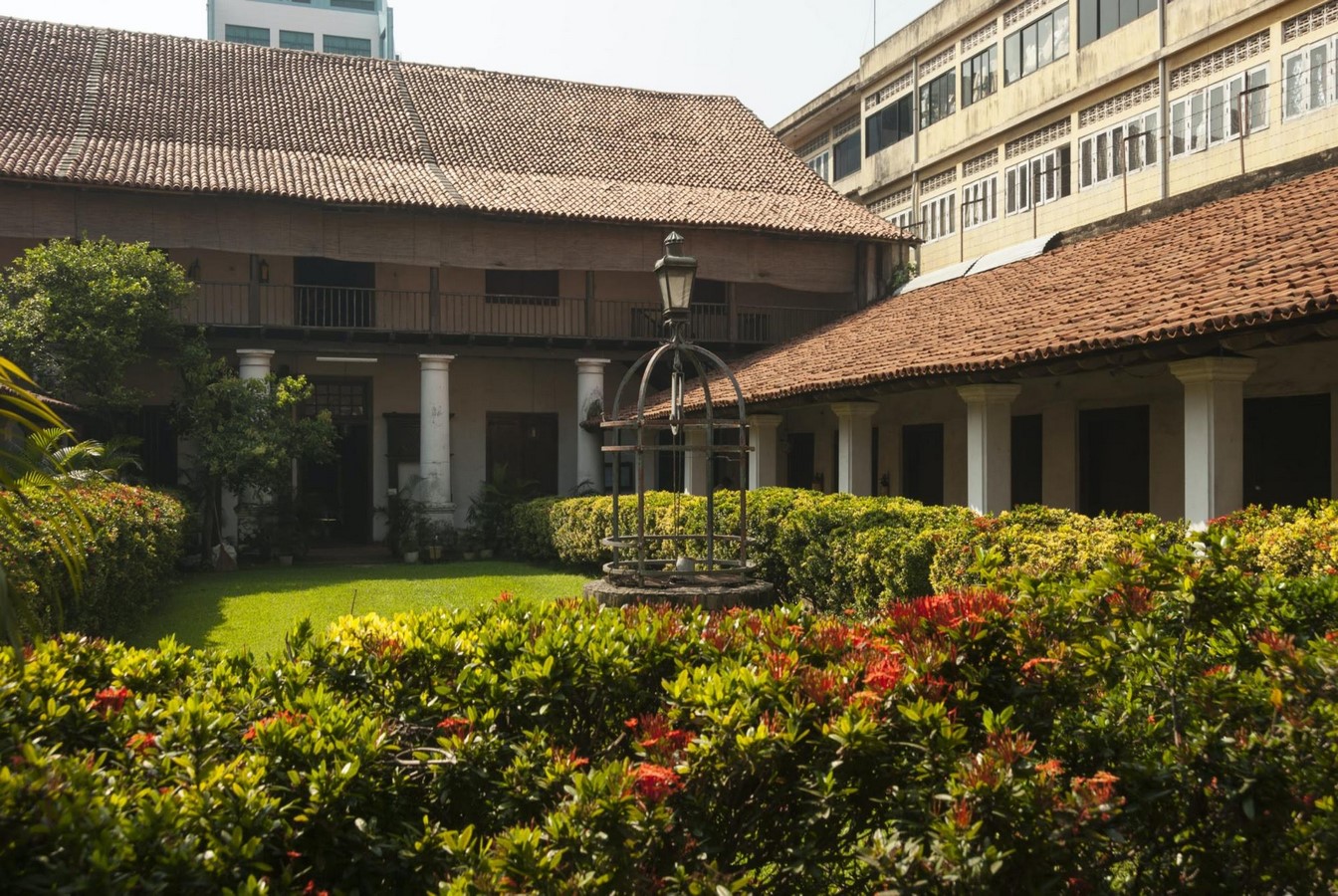
14. Slave Island In Colombo
As the name suggests this island was once a Dutch Slave prison. However, the island was later transformed into a beautiful friendly neighborhood with gardens, residential buildings, and commercial structures. The leftover of the prison and the transformation of the area is still visible on the island.
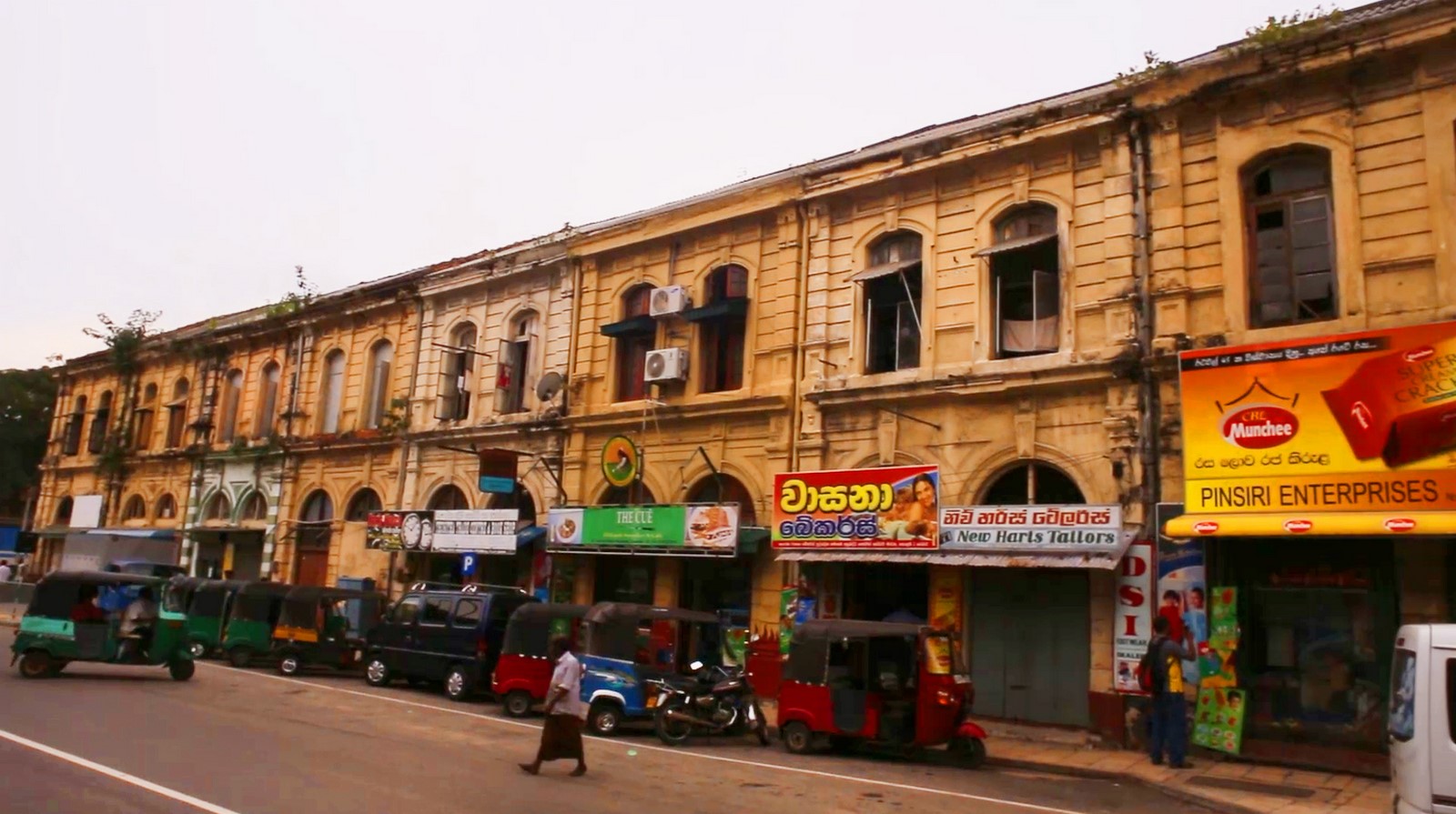
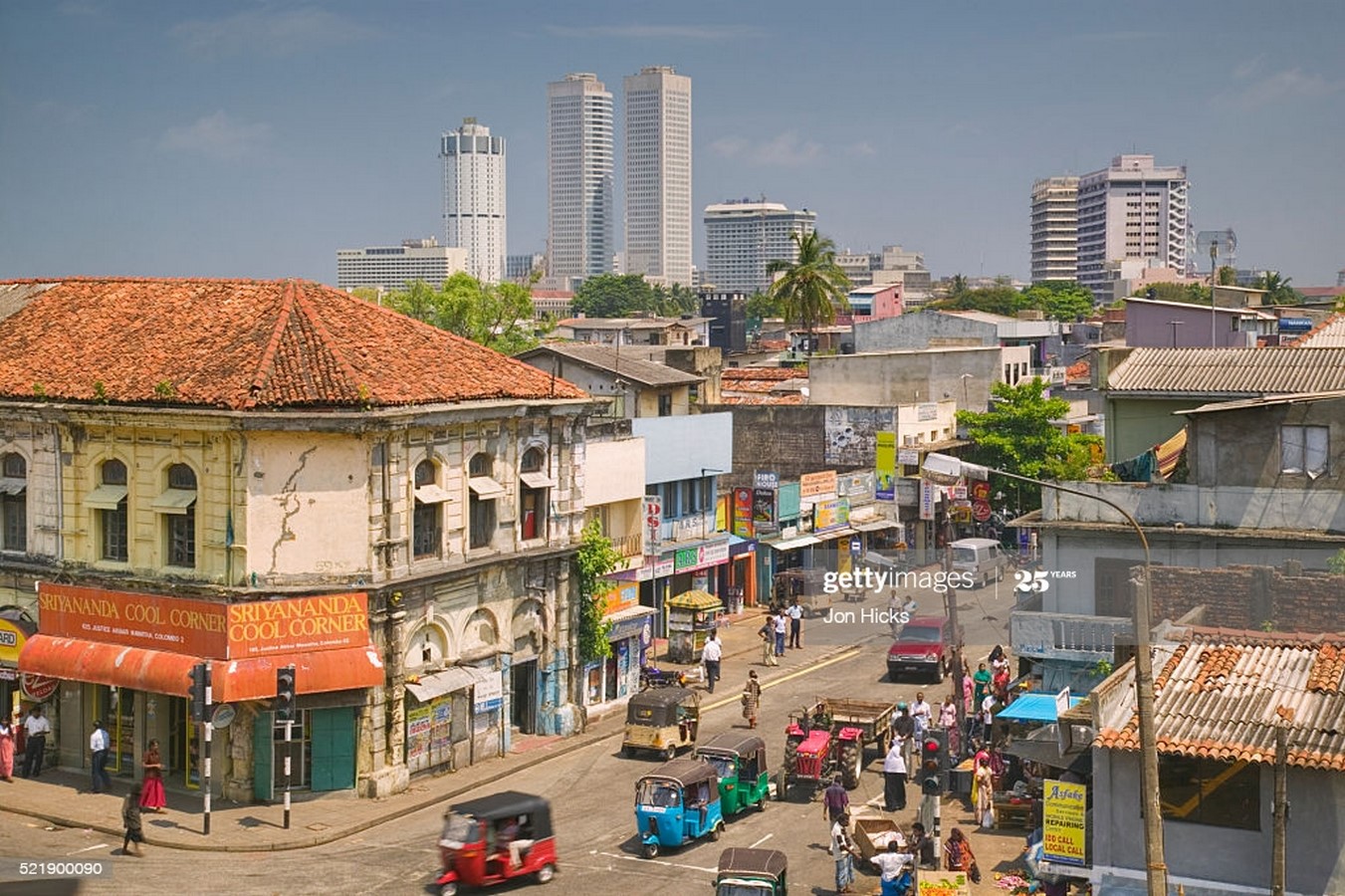
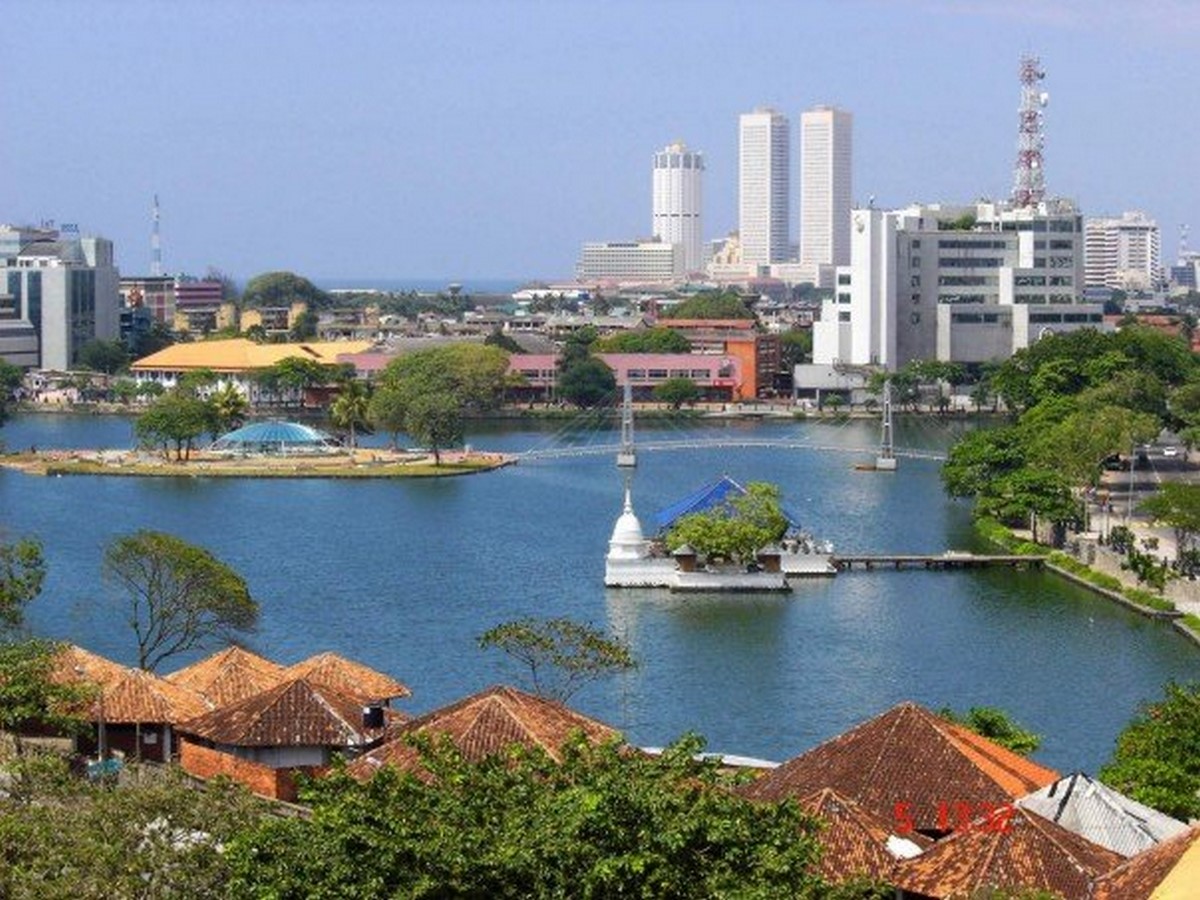

15. Sri Ponnambala Koneswaram Kovil
Sri Ponnambala Koneswaram Kovil is one of the most beautiful Hindu temples in Colombo. It is made of south Granite. The temple isn’t very big however the details on the walls, columns, and capitals and the ceilings are marvelous.

